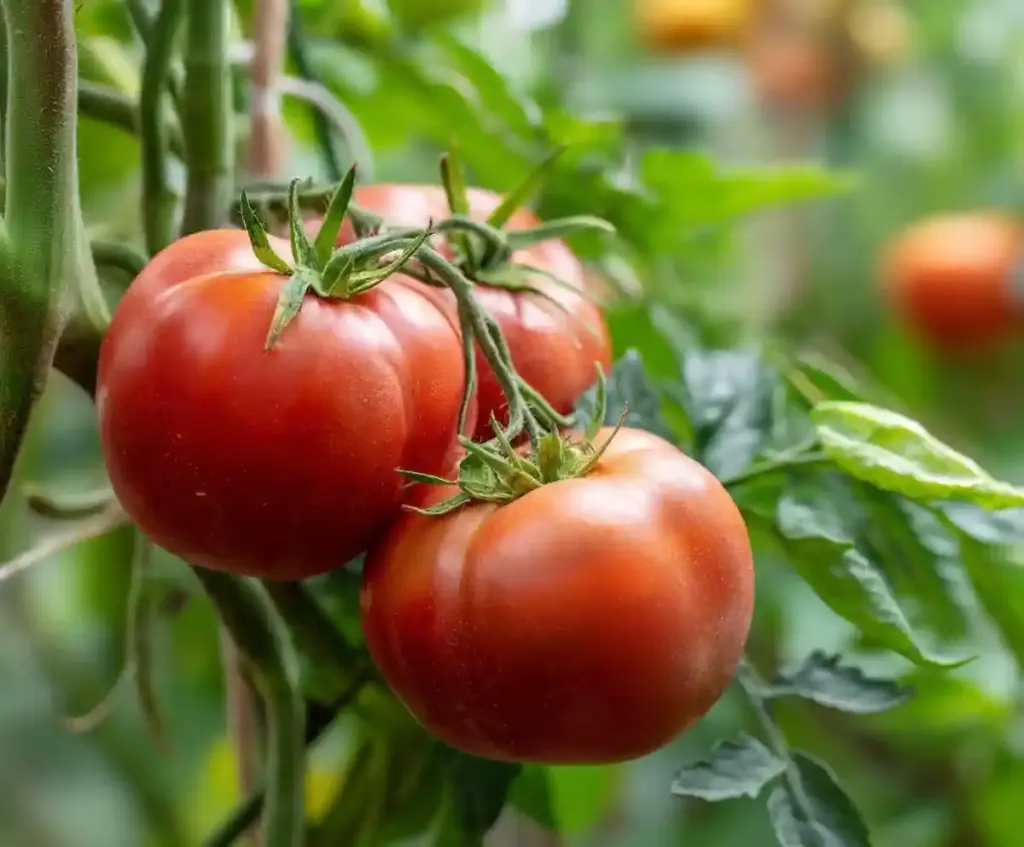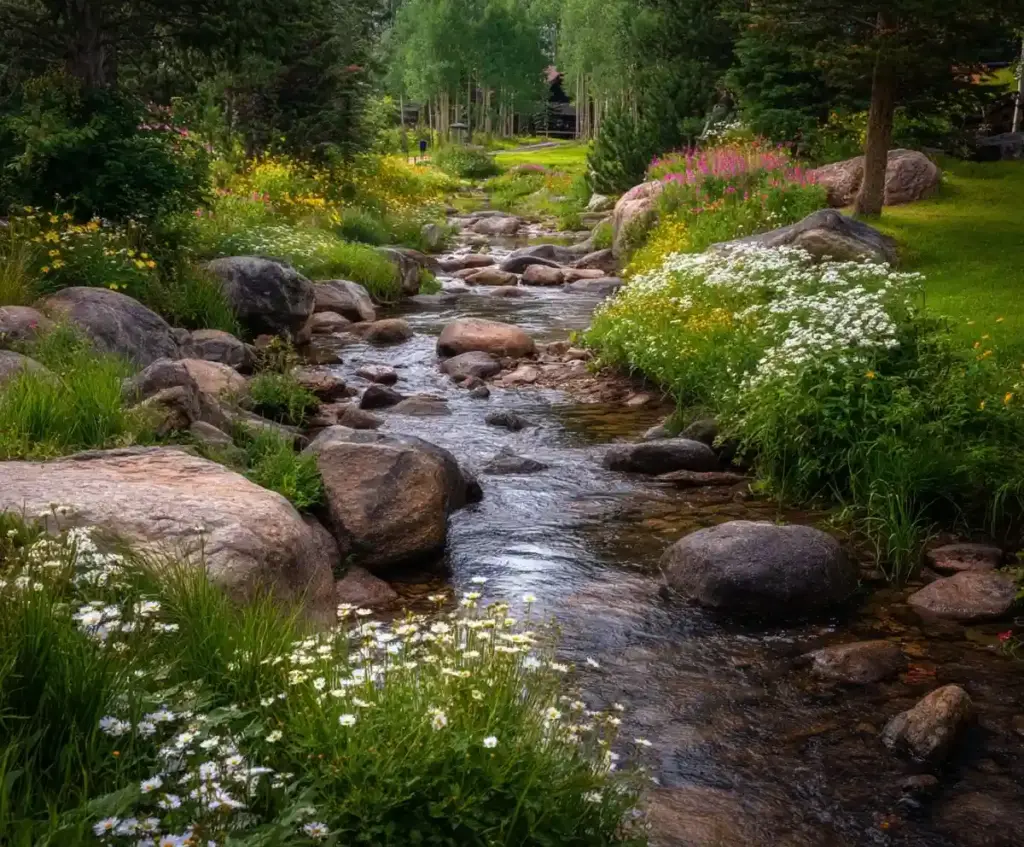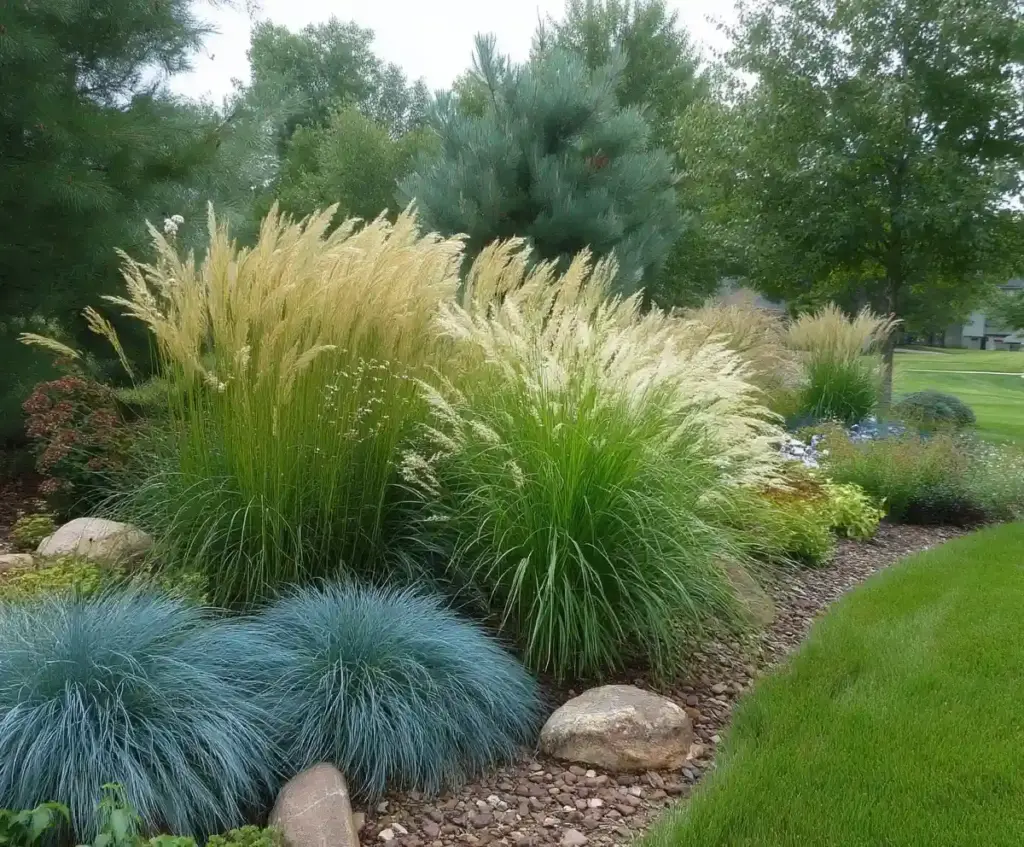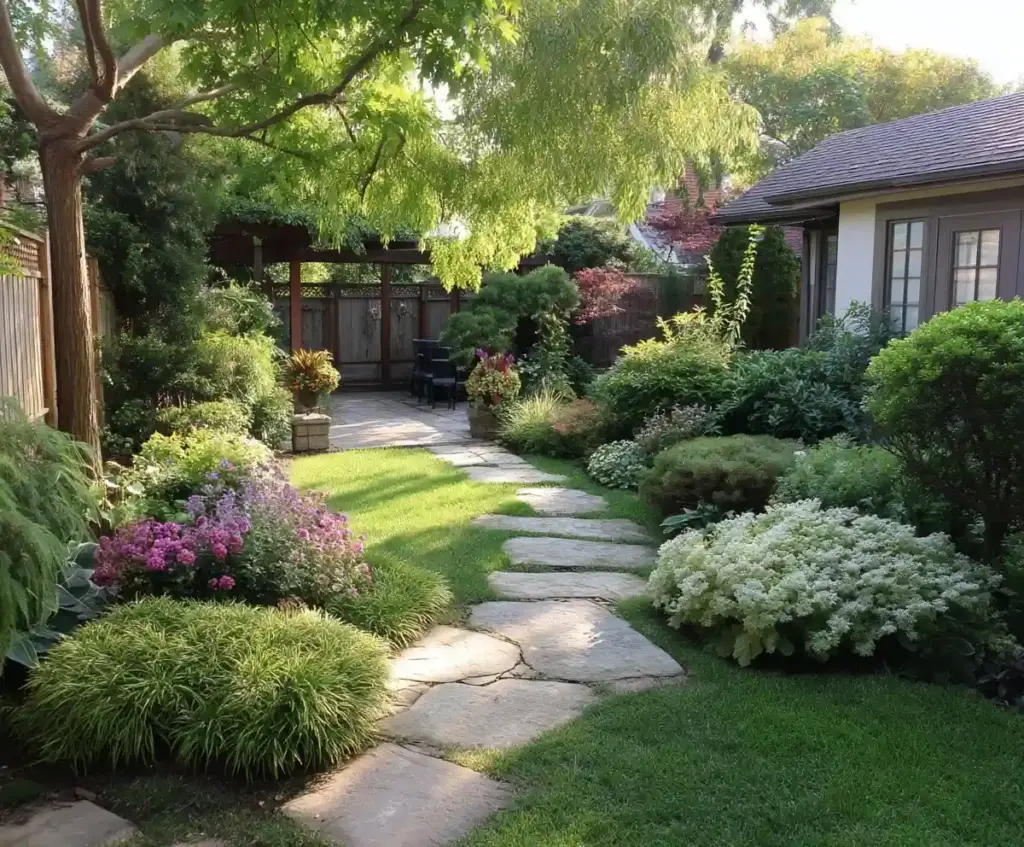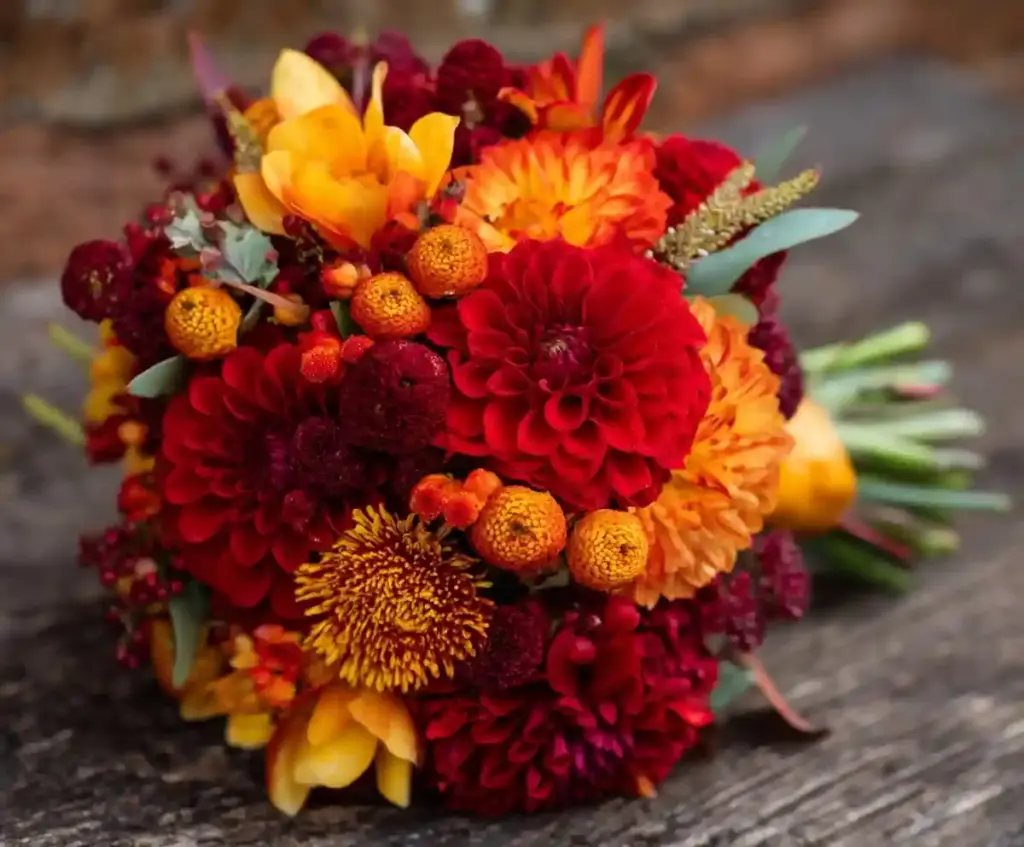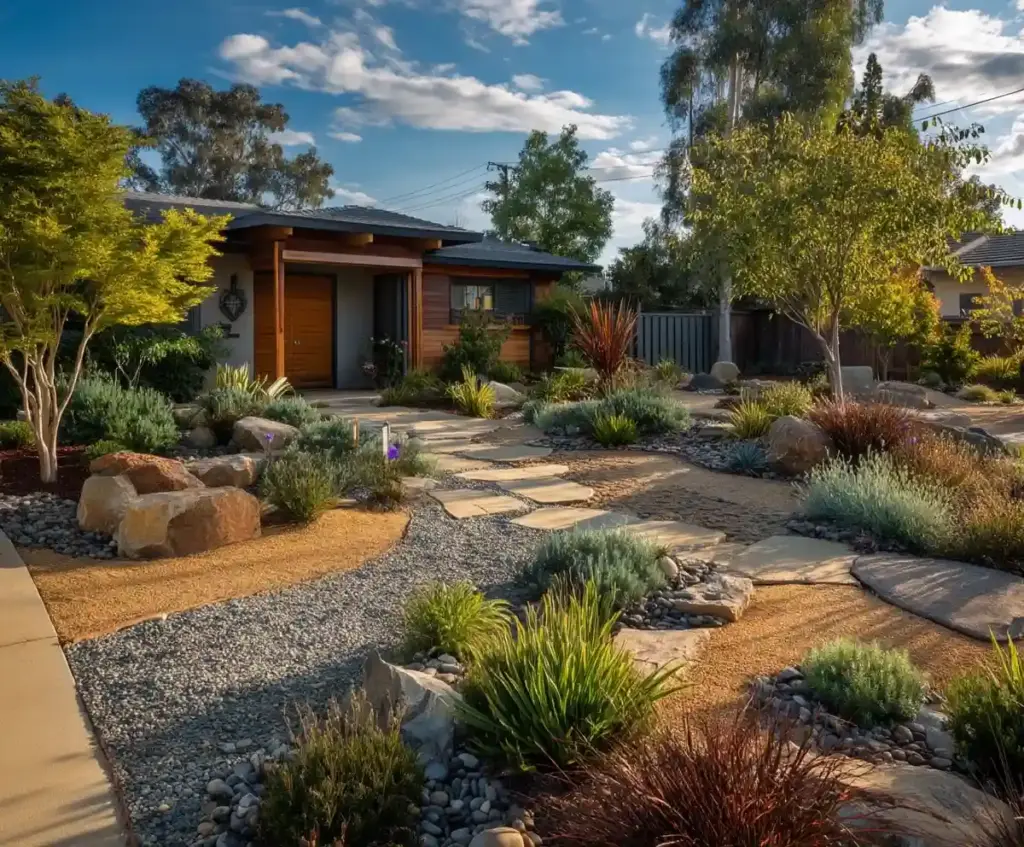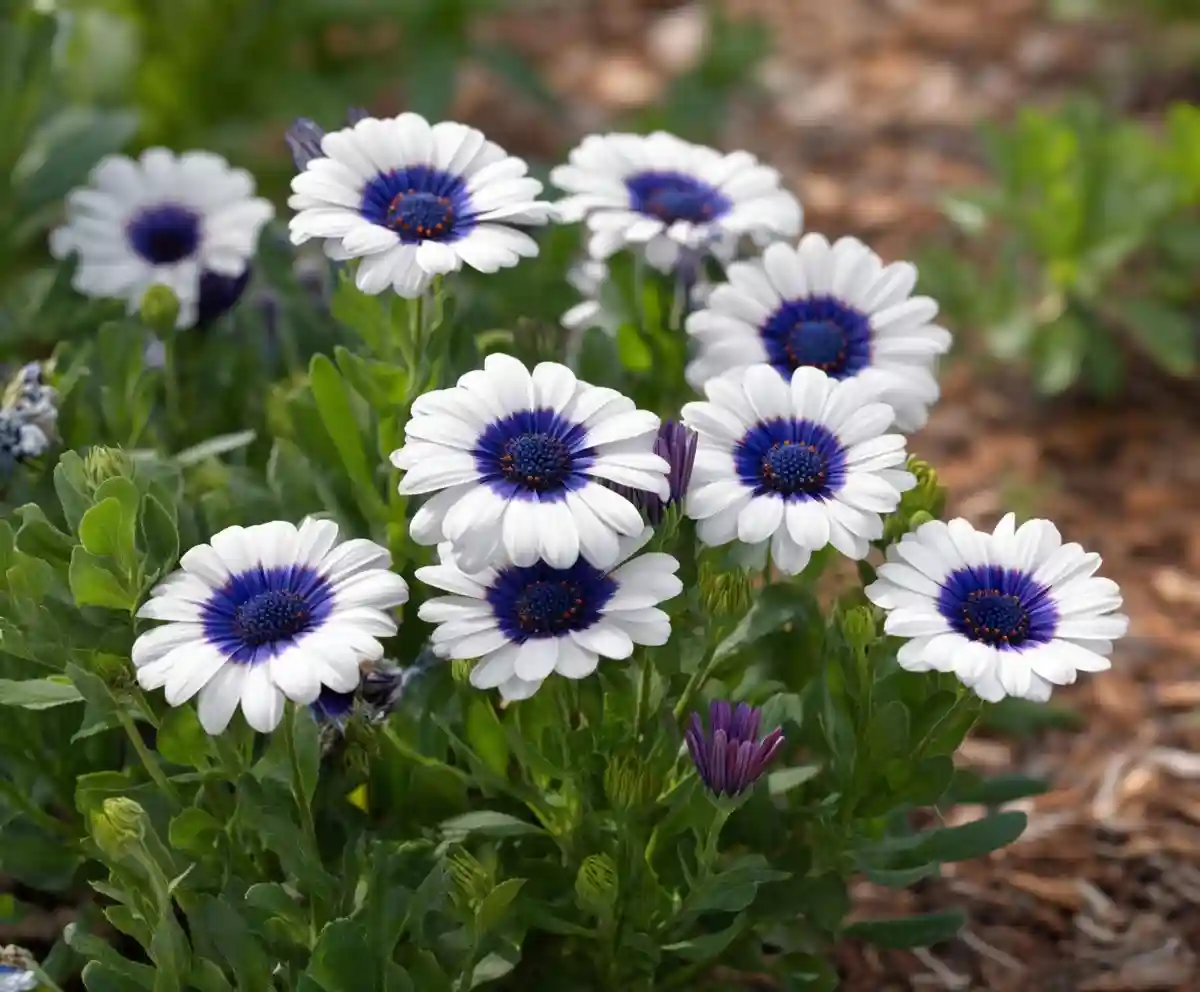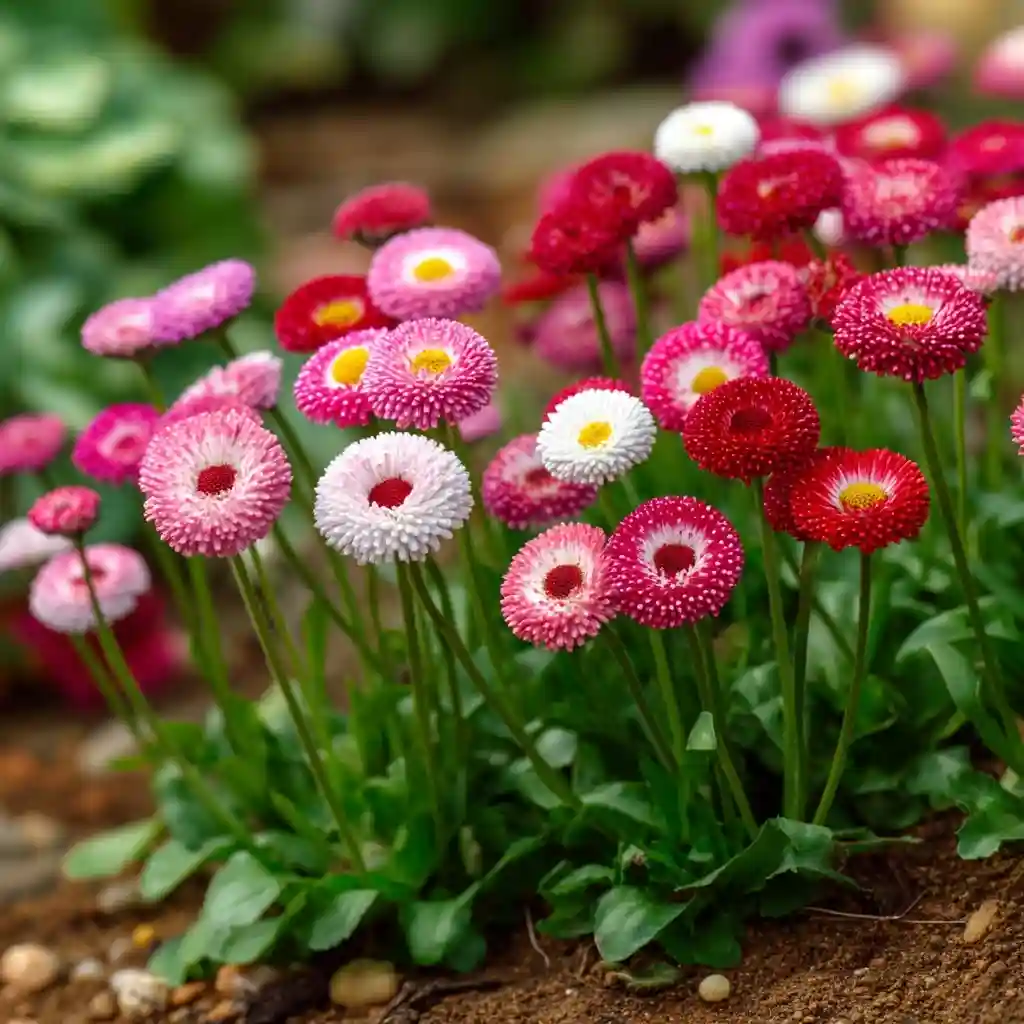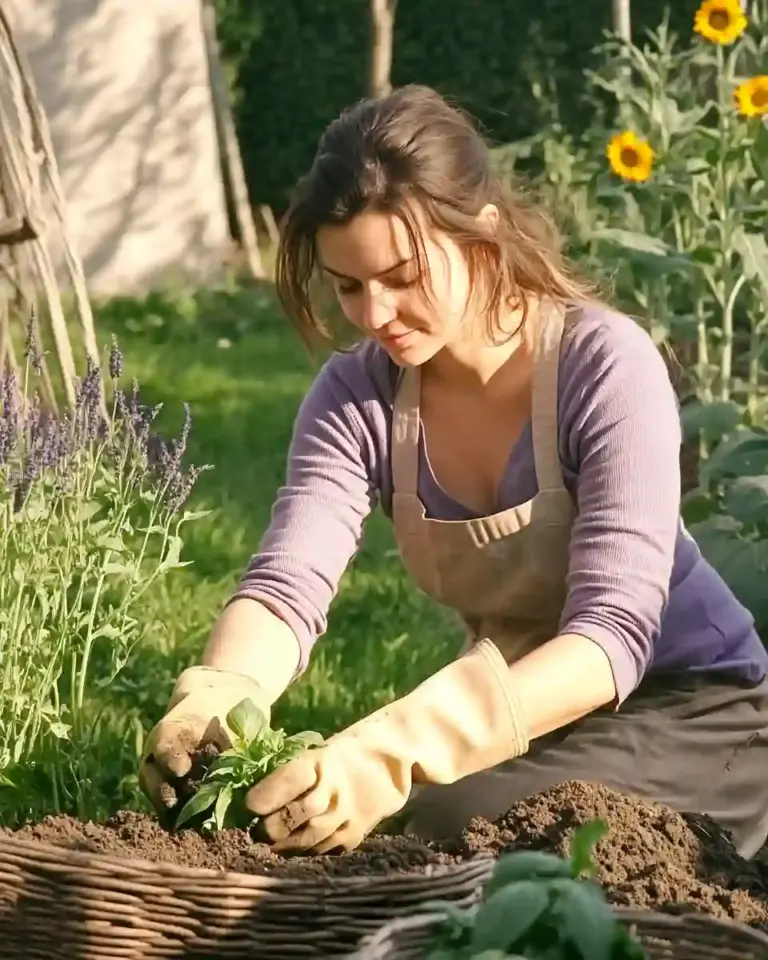Daisies are among the most cheerful and widely grown flowers in home gardens, known for their bright petals and sunny centers. Belonging to the Asteraceae family, they come in many shapes, colors, and sizes, ranging from small ground covers to tall perennials that light up garden beds. These flowers have a long history of symbolizing purity, new beginnings, and simplicity, making them a favorite for both landscaping and bouquets.
Gardeners appreciate daisies not only for their charm but also for their resilience. With so many varieties available, you can find a daisy suited to nearly any growing zone, from cool northern climates to warm, dry regions.
A Quick Warning About Daisies
While daisies are loved for their beauty and ease of care, it’s important to know that some species can become invasive in certain regions. Varieties like the Oxeye Daisy, for example, spread aggressively and may outcompete native plants if left unchecked.
Before planting, check with your local extension office or gardening authority to see if a specific type of daisy is considered invasive in your area. This small step helps protect local ecosystems while still allowing you to enjoy the charm of daisies in your garden.
26 Types of Daisies to Grow in Your Garden
Table of Contents
1. English Daisy
The English Daisy is a compact flower with charming button-like blooms in shades of pink, red, or white. It thrives in cooler weather and is often planted as a ground cover or edging plant.
2. Gerbera Daisy
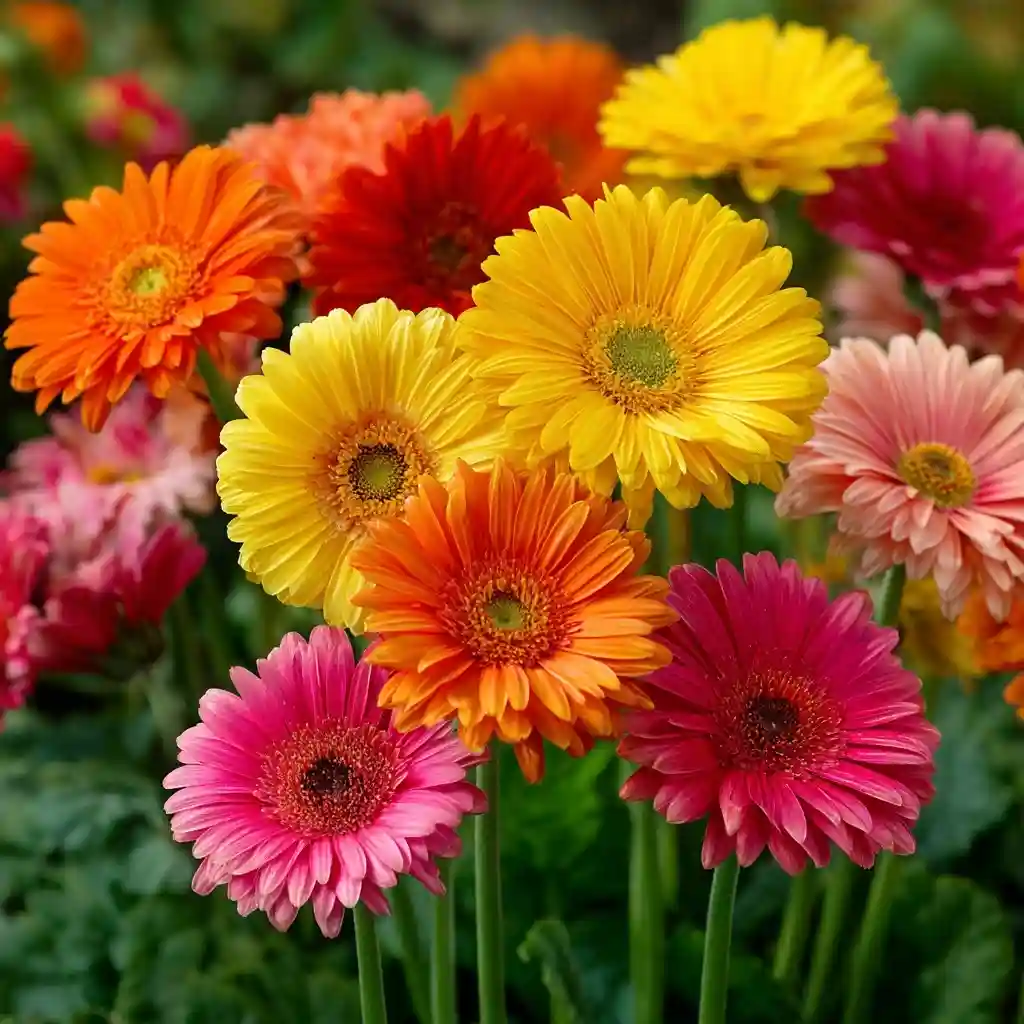
Gerbera Daisies are famous for their large, vividly colored petals. Available in shades of orange, yellow, pink, and red, they’re perfect for containers, borders, or cut-flower arrangements.
3. Marguerite Daisy
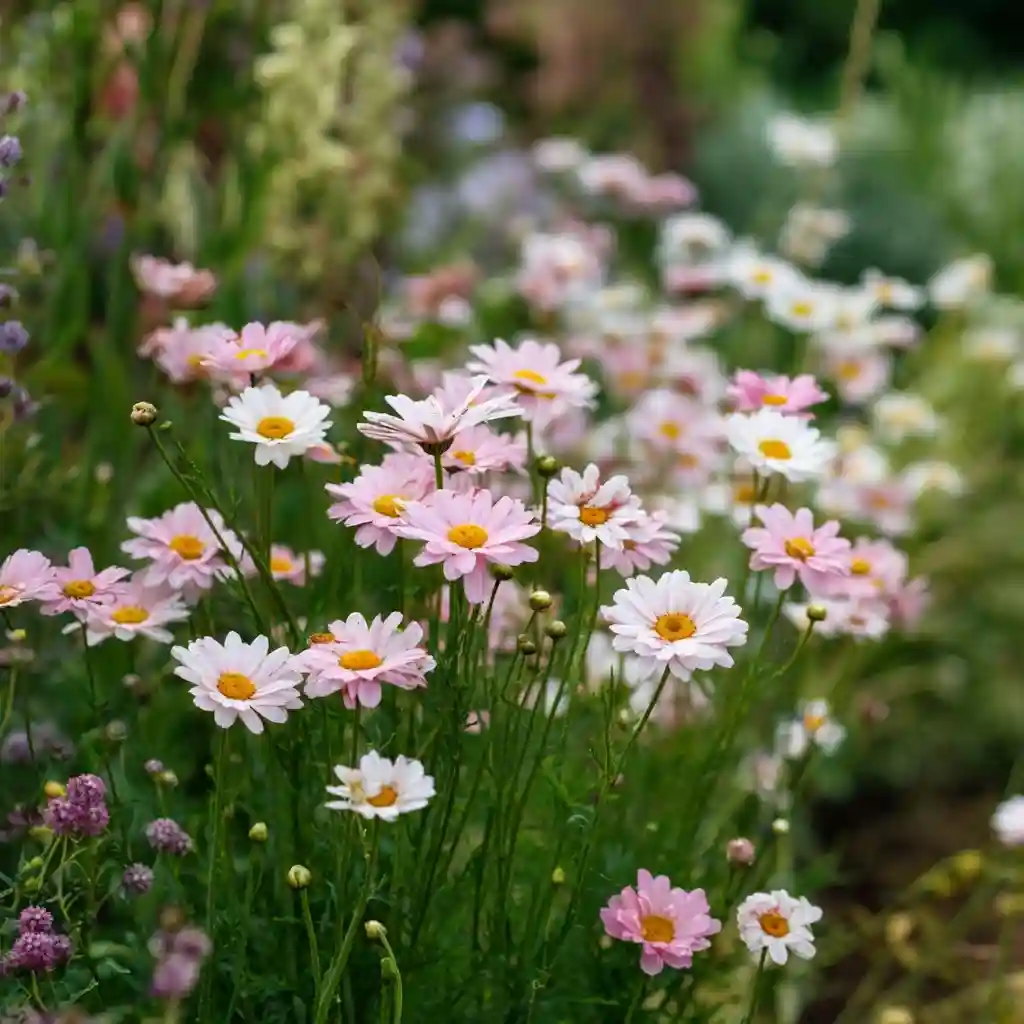
This warm-weather daisy offers soft, delicate petals in white, pink, or yellow. It blooms heavily in spring and summer, adding a light, airy feel to garden beds.
4. Oxeye Daisy
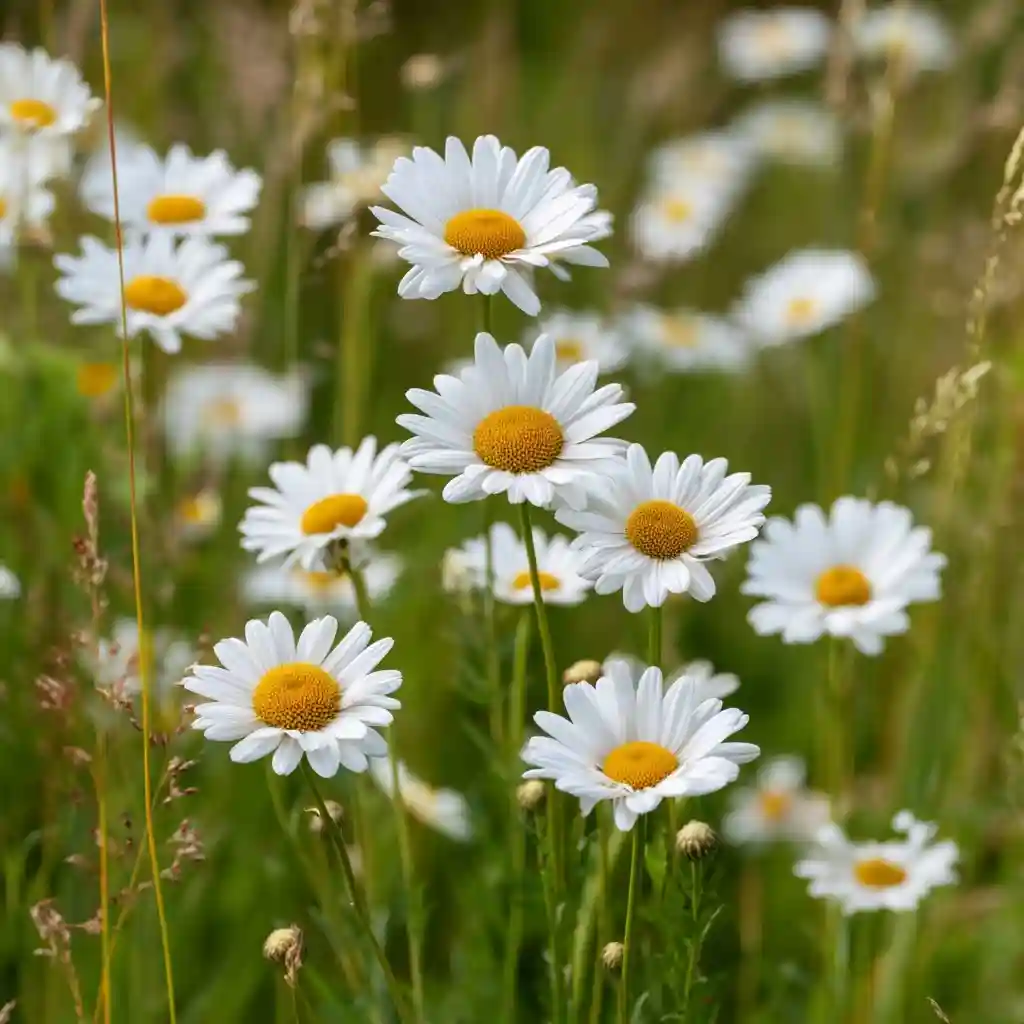
The Oxeye Daisy features classic white petals with a golden center. Hardy and fast-spreading, it grows easily in meadows and naturalized areas, though it can be invasive in some regions.
5. Painted Daisy
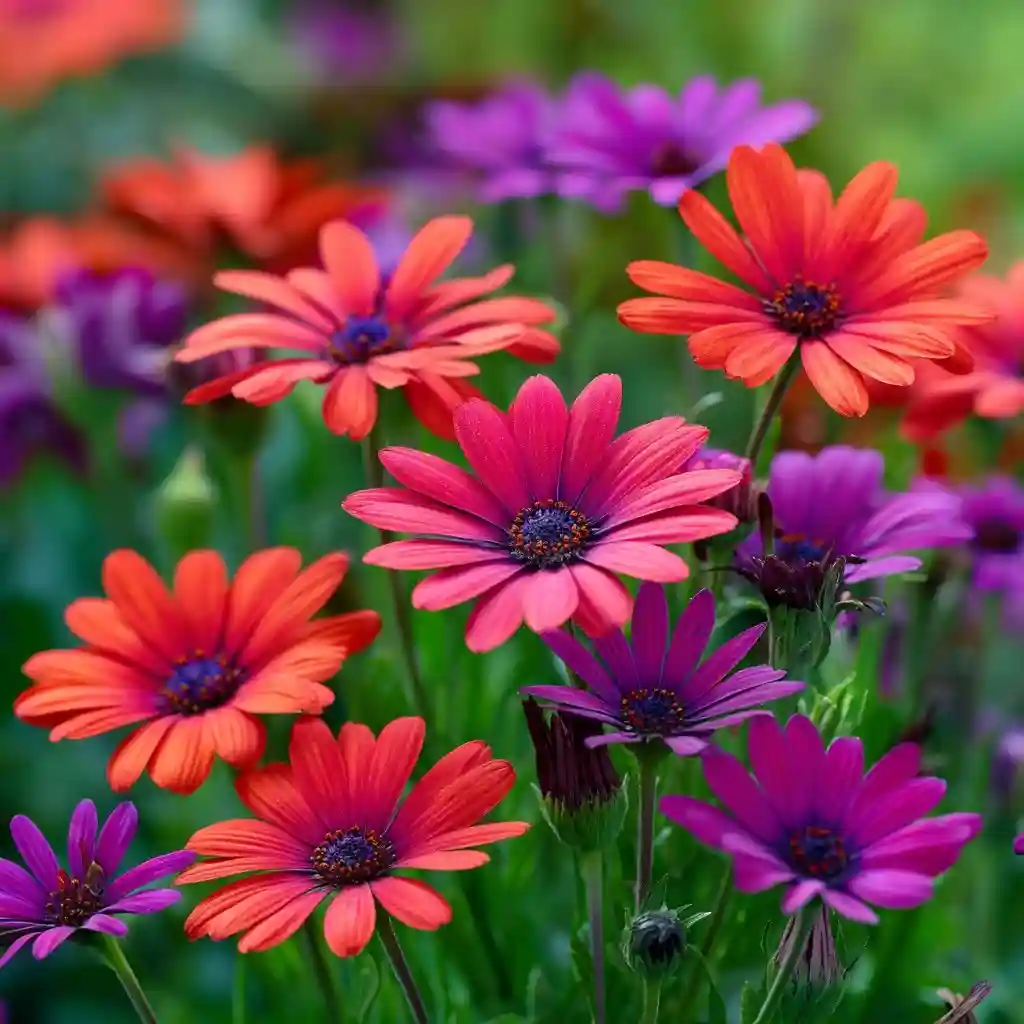
Painted Daisies stand out with their bright, daisy-like petals in red, pink, and purple shades. They are often planted for their vibrant look and their ability to deter garden pests naturally.
6. Shasta Daisy
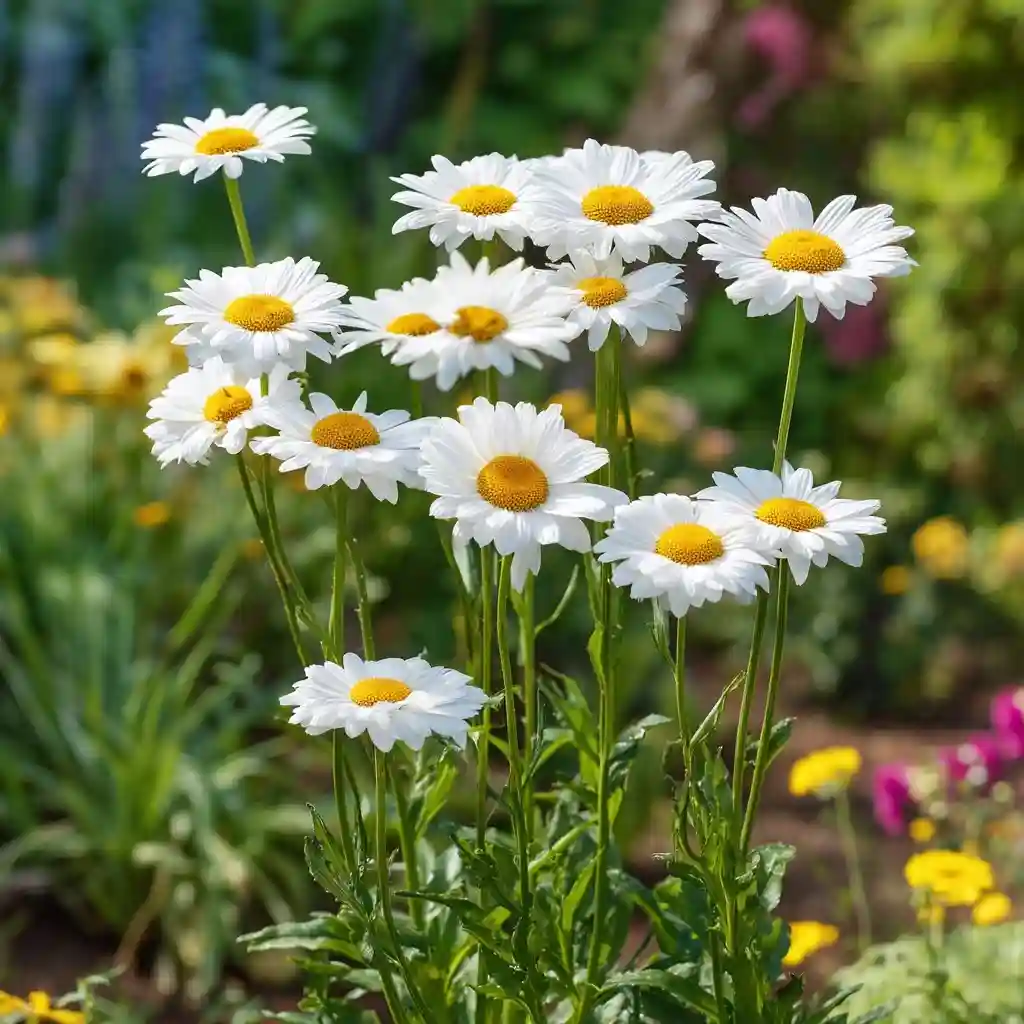
Perhaps the most iconic variety, the Shasta Daisy produces large white petals with a sunny yellow center. It’s a reliable perennial that blooms from early summer through fall.
7. Swan River Daisy
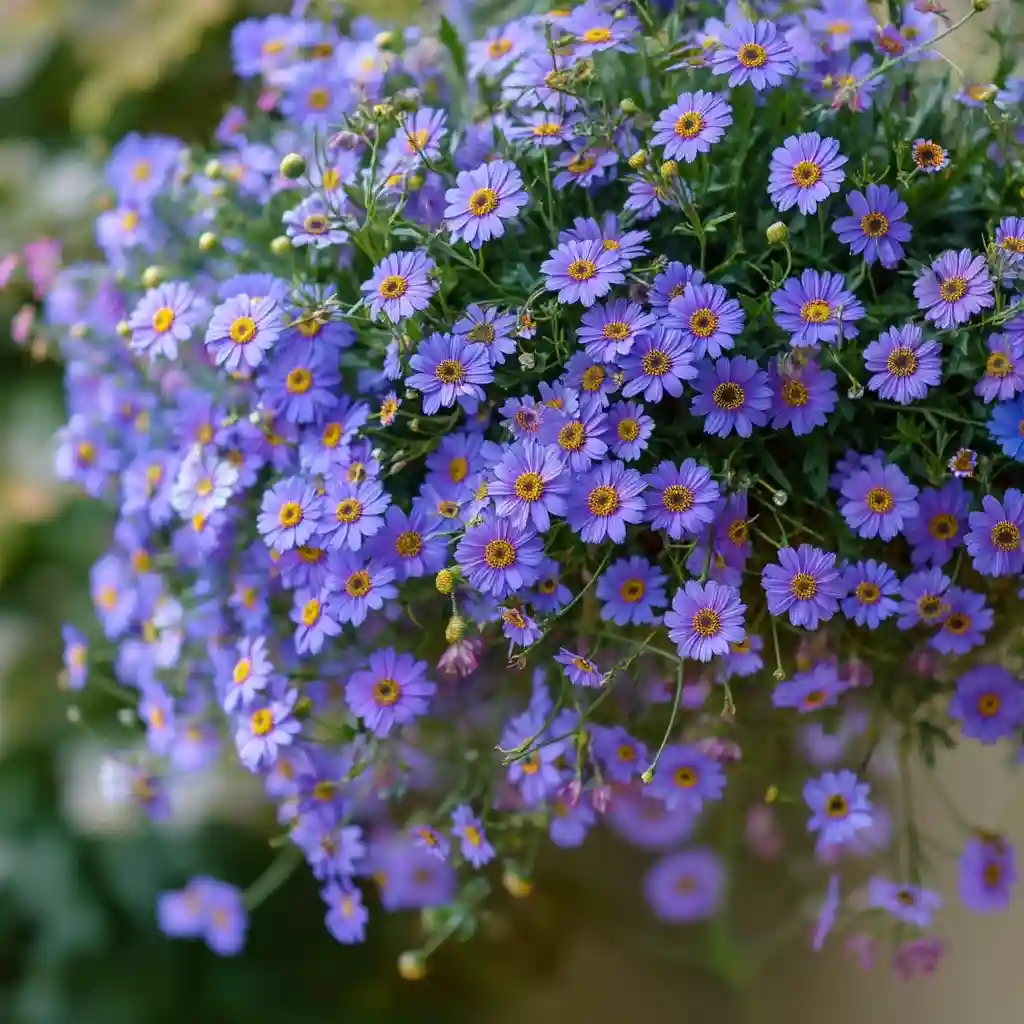
Native to Australia, the Swan River Daisy produces masses of small blooms in shades of blue, violet, and white. It’s an annual that thrives in sunny spots and works beautifully in borders or hanging baskets.
8. Gloriosa Daisy
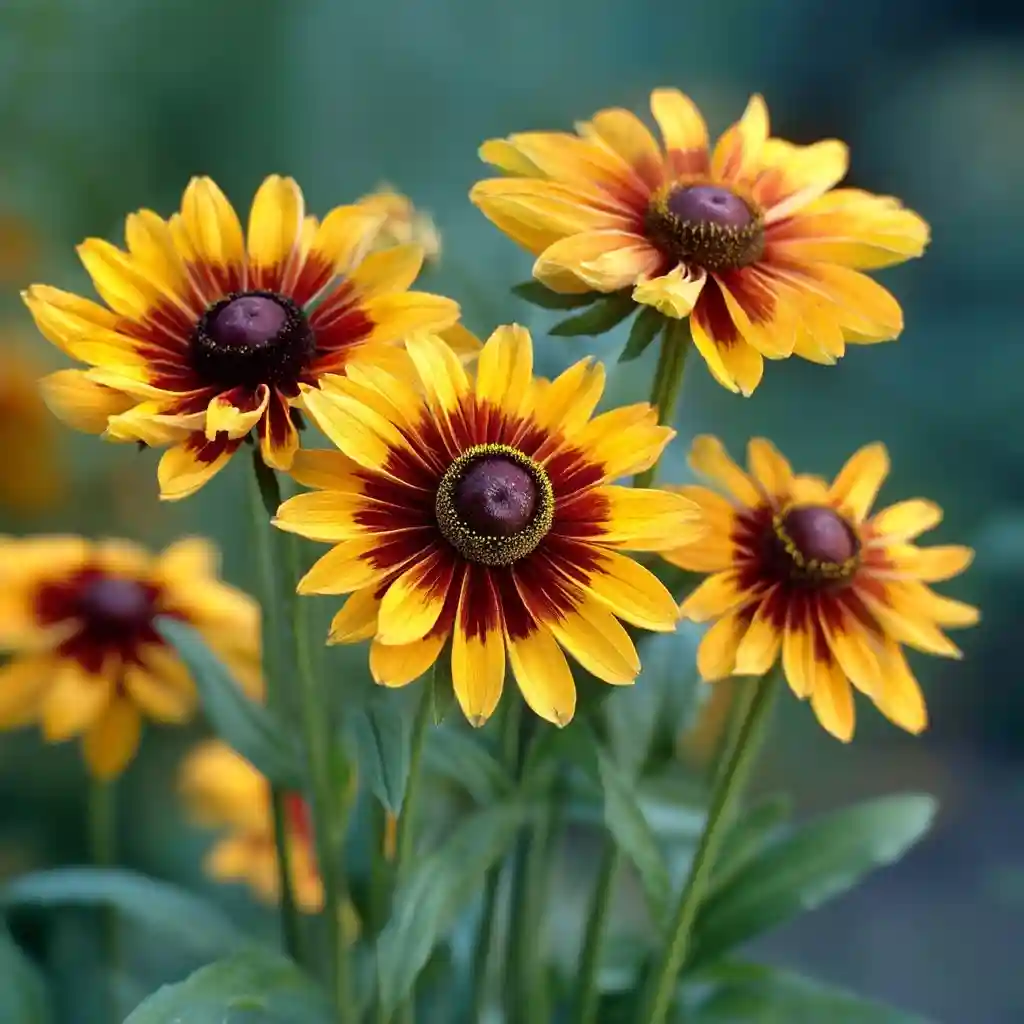
Also known as Rudbeckia, the Gloriosa Daisy offers bold yellow petals with dark centers. These tall, striking flowers attract pollinators and are perfect for adding late-summer color.
9. Golden Marguerite Daisy
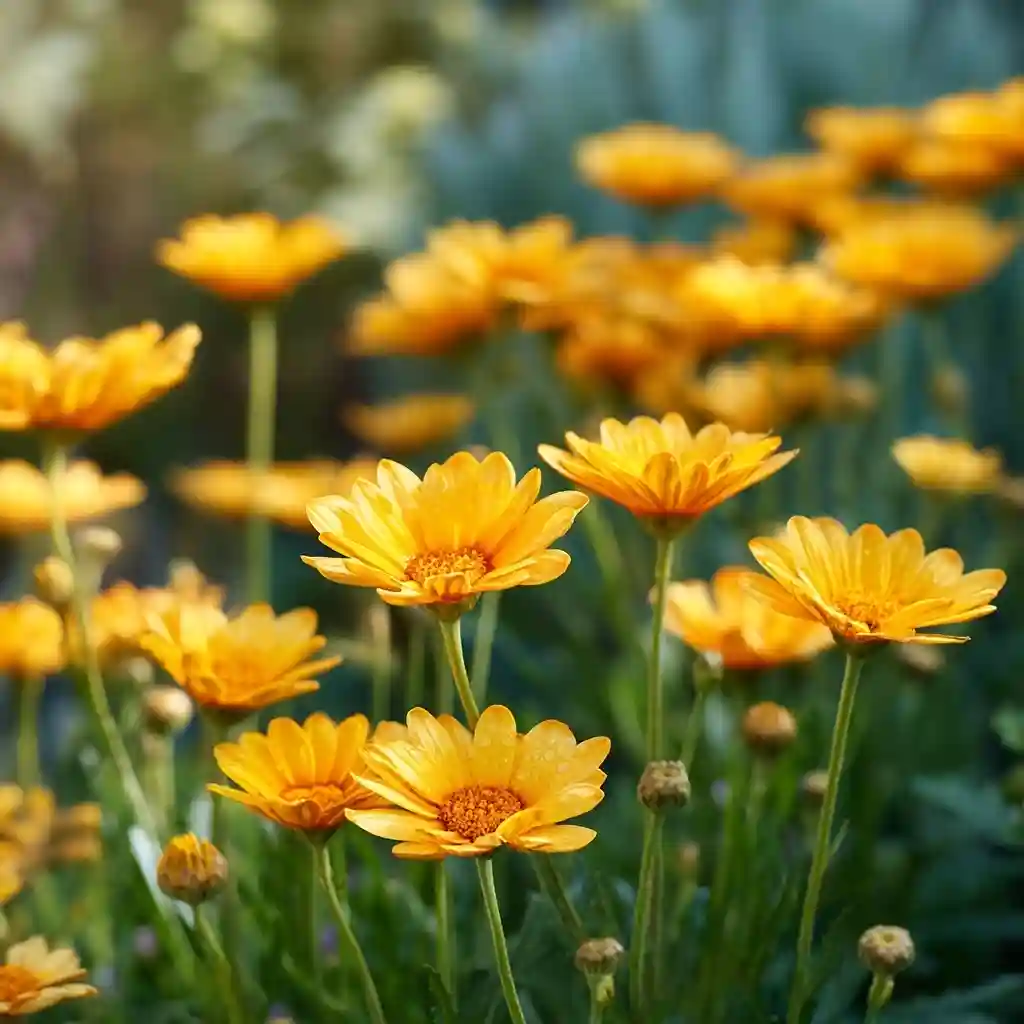
Golden Marguerite Daisies brighten gardens with their deep yellow blooms. Hardy and easy to grow, they bloom profusely in summer and are often used in wildflower gardens.
10. Coneflower Daisy
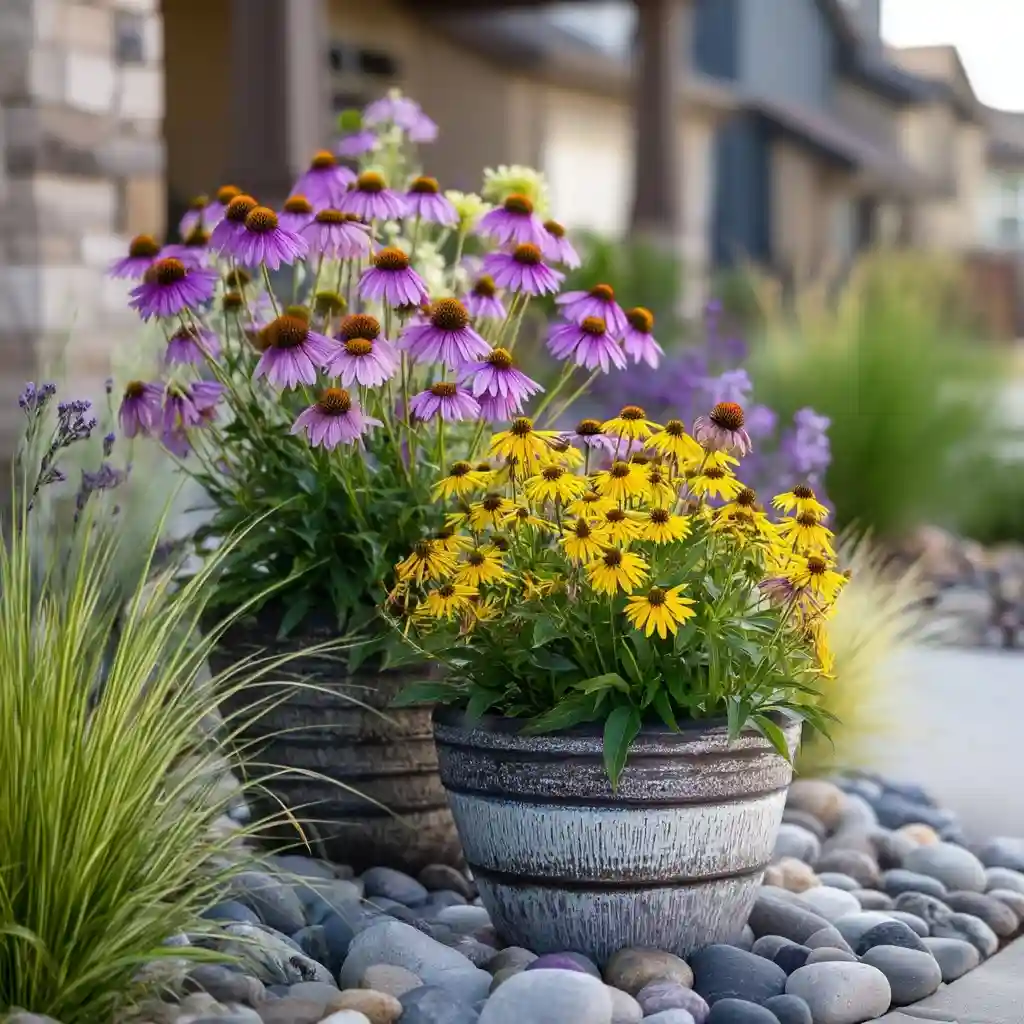
Coneflower Daisies, commonly called Echinacea, are well-known for their daisy-like petals surrounding a prominent cone-shaped center. They’re drought-tolerant, long-blooming, and highly attractive to butterflies.
11. Cape Daisy (African Daisy)
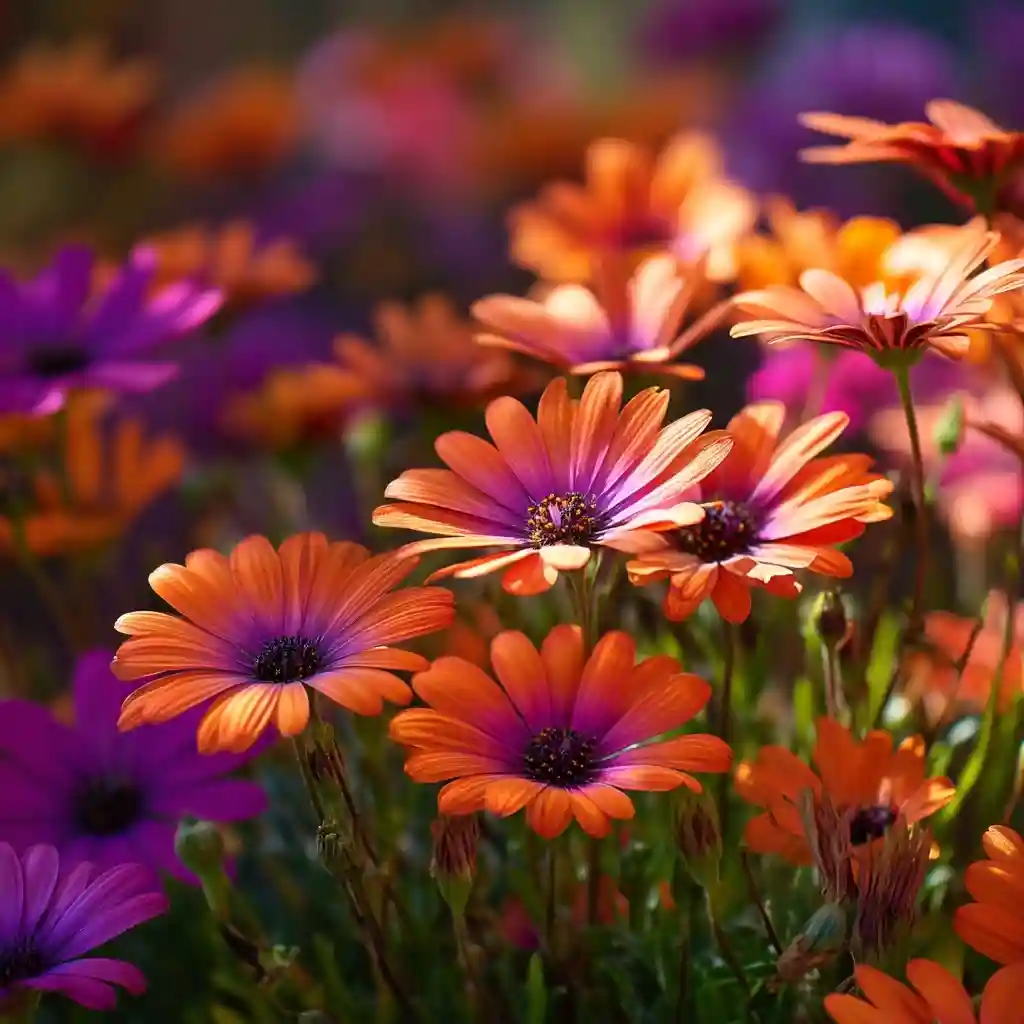
The Cape Daisy, or African Daisy, delivers vibrant color with its striking shades of orange, purple, and pink. It thrives in warm, dry climates and makes an excellent container plant.
12. Chrysanthemum
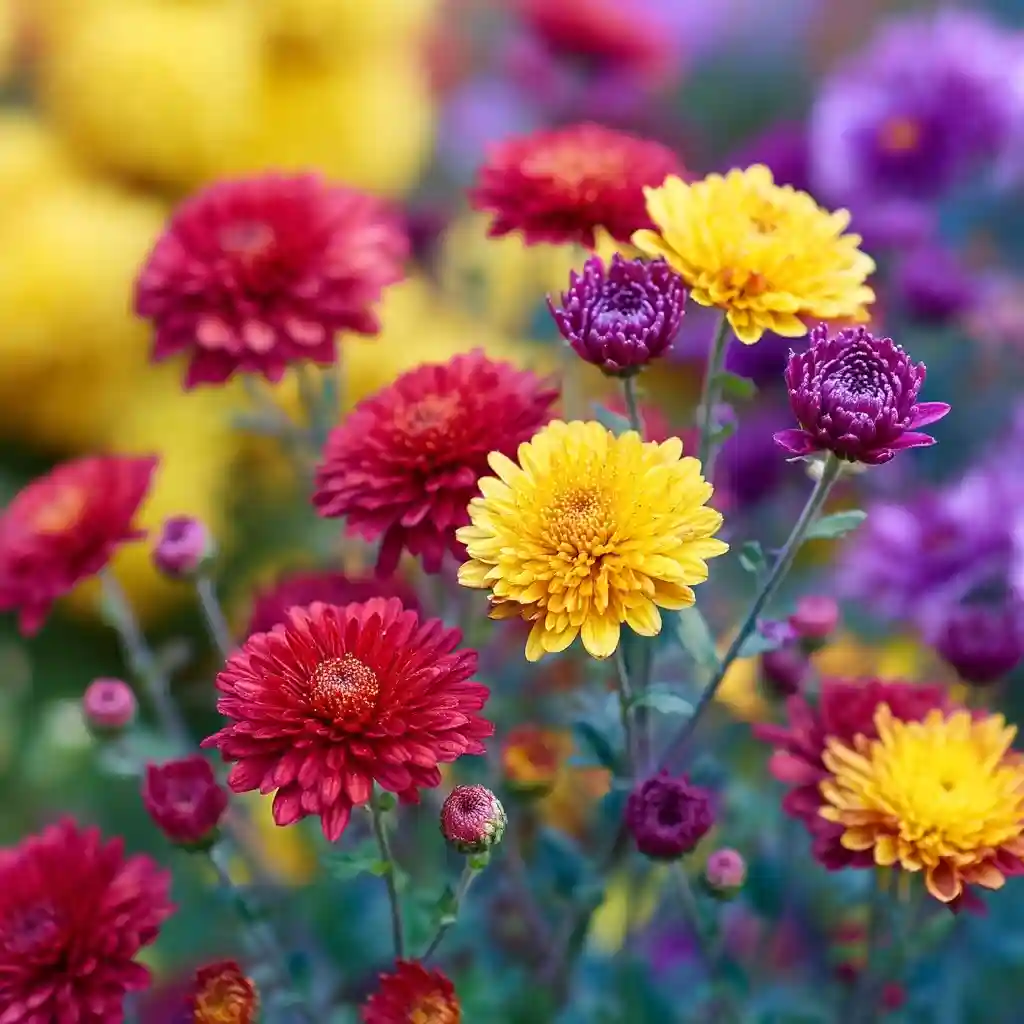
Chrysanthemums, often shortened to mums, are fall-blooming daisies with countless varieties in every color imaginable. They’re widely used in seasonal displays and provide late-season beauty when most other flowers fade.
13. Gaillardia Daisy (Blanket Flower)
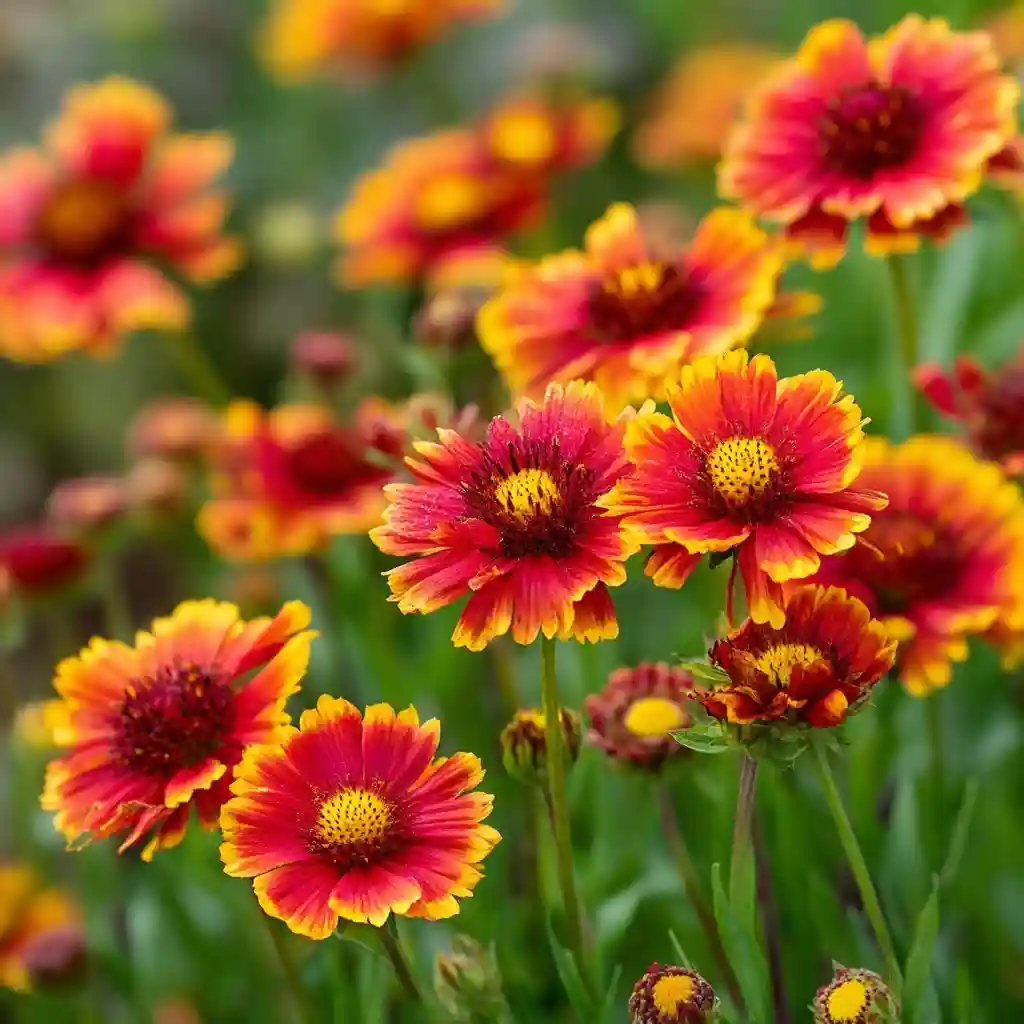
Gaillardia Daisies bring fiery shades of red, orange, and yellow to the garden. These hardy perennials bloom all summer long and thrive in poor, sandy soils, making them a favorite for low-maintenance landscapes.
14. Aster Daisy
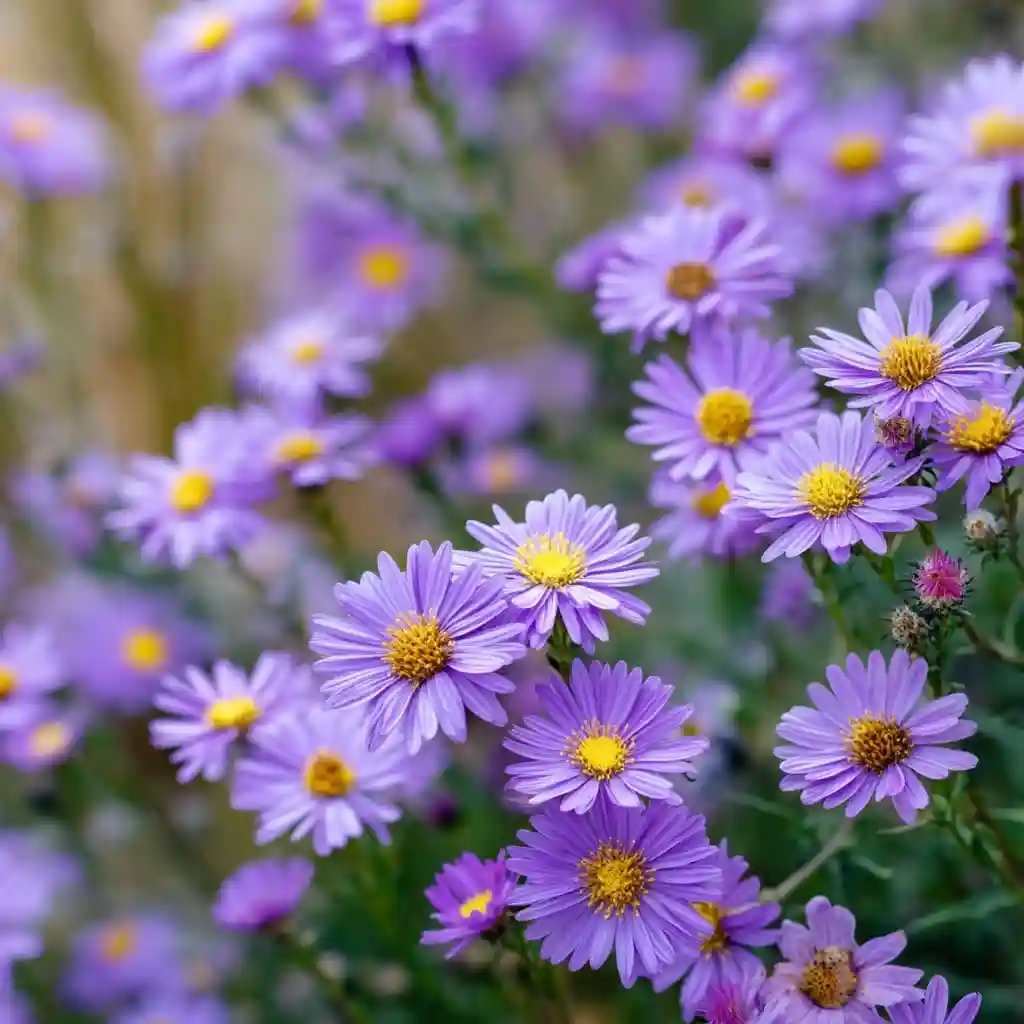
Aster Daisies bloom in late summer to fall, offering star-shaped flowers in purple, pink, or blue with yellow centers. They extend color in the garden when many other blooms are fading.
15. Blue Daisy
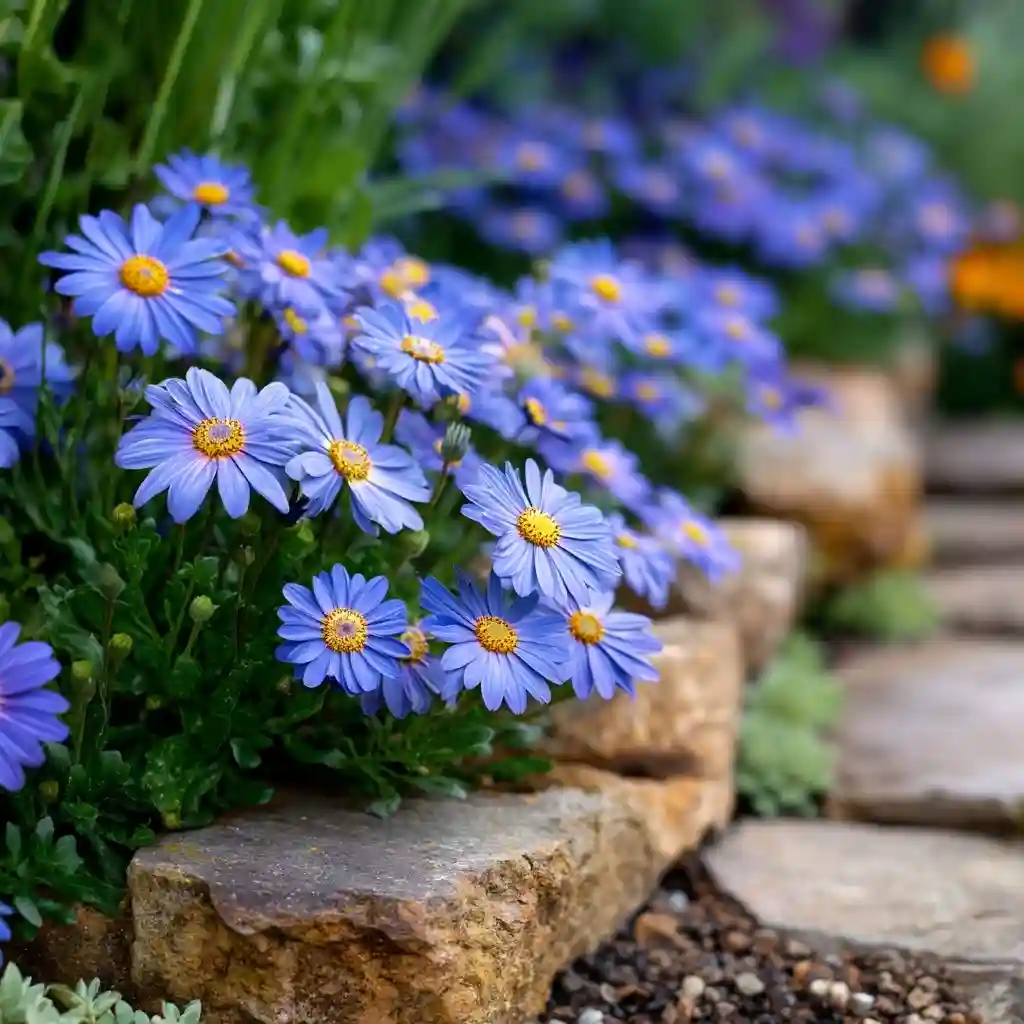
The Blue Daisy is admired for its delicate sky-blue petals and sunny centers. Native to South Africa, it prefers warm climates and is often used in containers and edging.
16. Chocolate Daisy
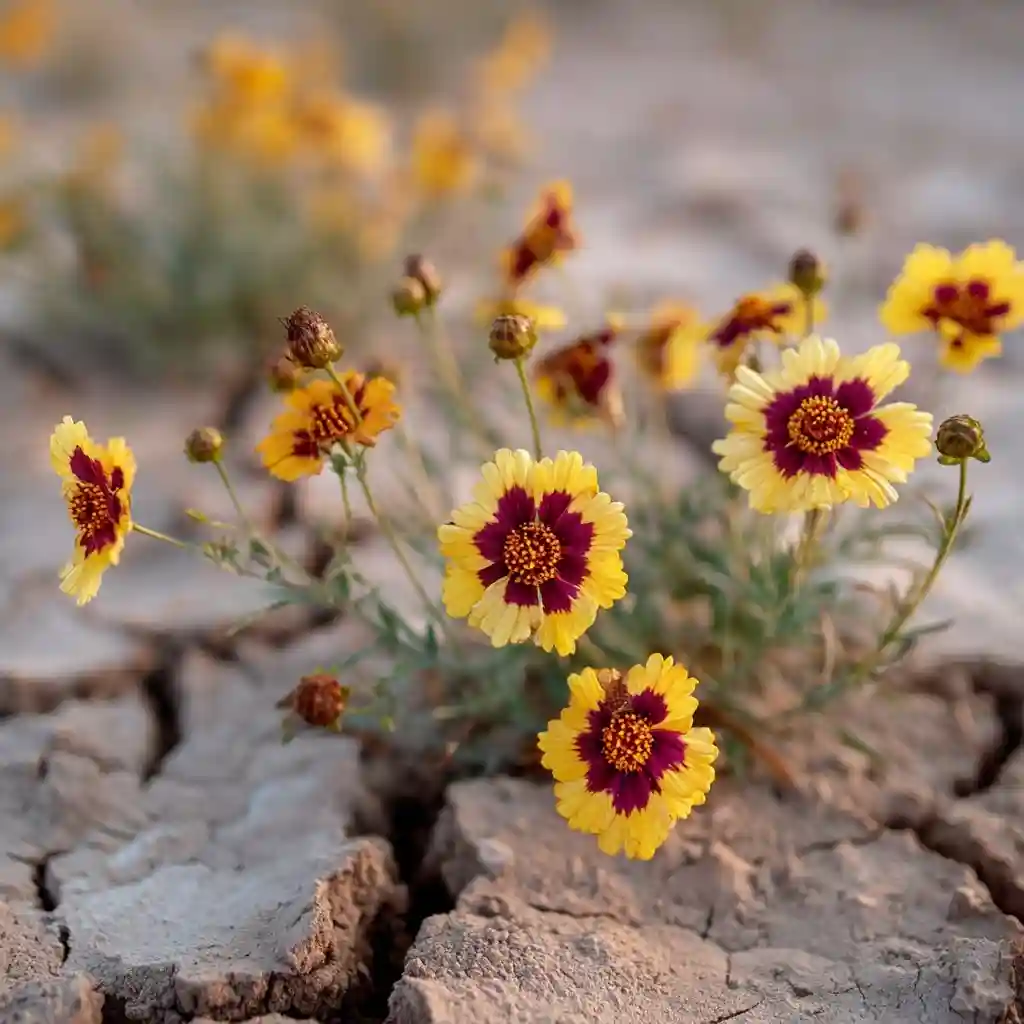
Known for its unusual chocolate scent, this daisy produces yellow petals with maroon centers. It’s drought-tolerant and thrives in hot, dry regions, making it ideal for xeriscaping.
17. Desert Star Daisy
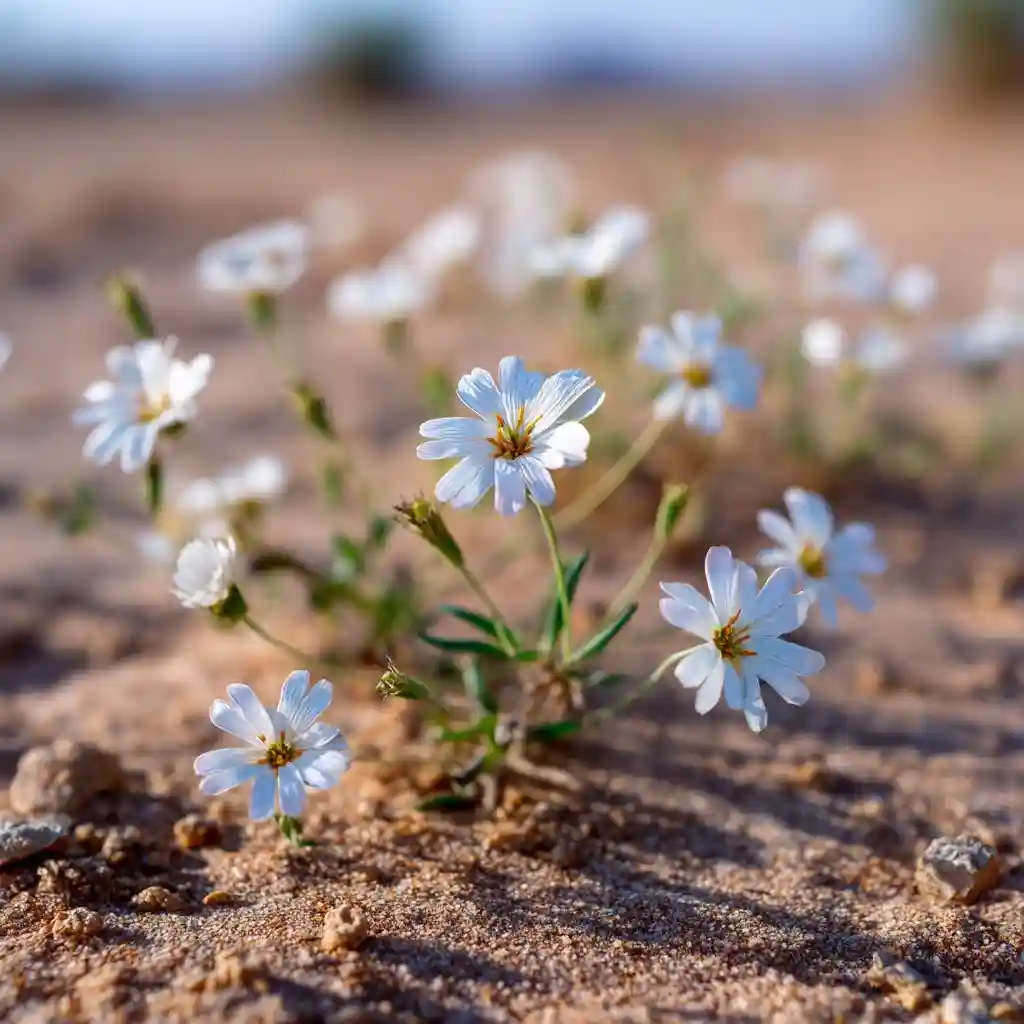
A desert native, the Desert Star Daisy produces small, white blooms close to the ground. It’s well adapted to arid conditions and adds a delicate touch to dry landscapes.
18. Euryops Daisy (Bush Daisy)
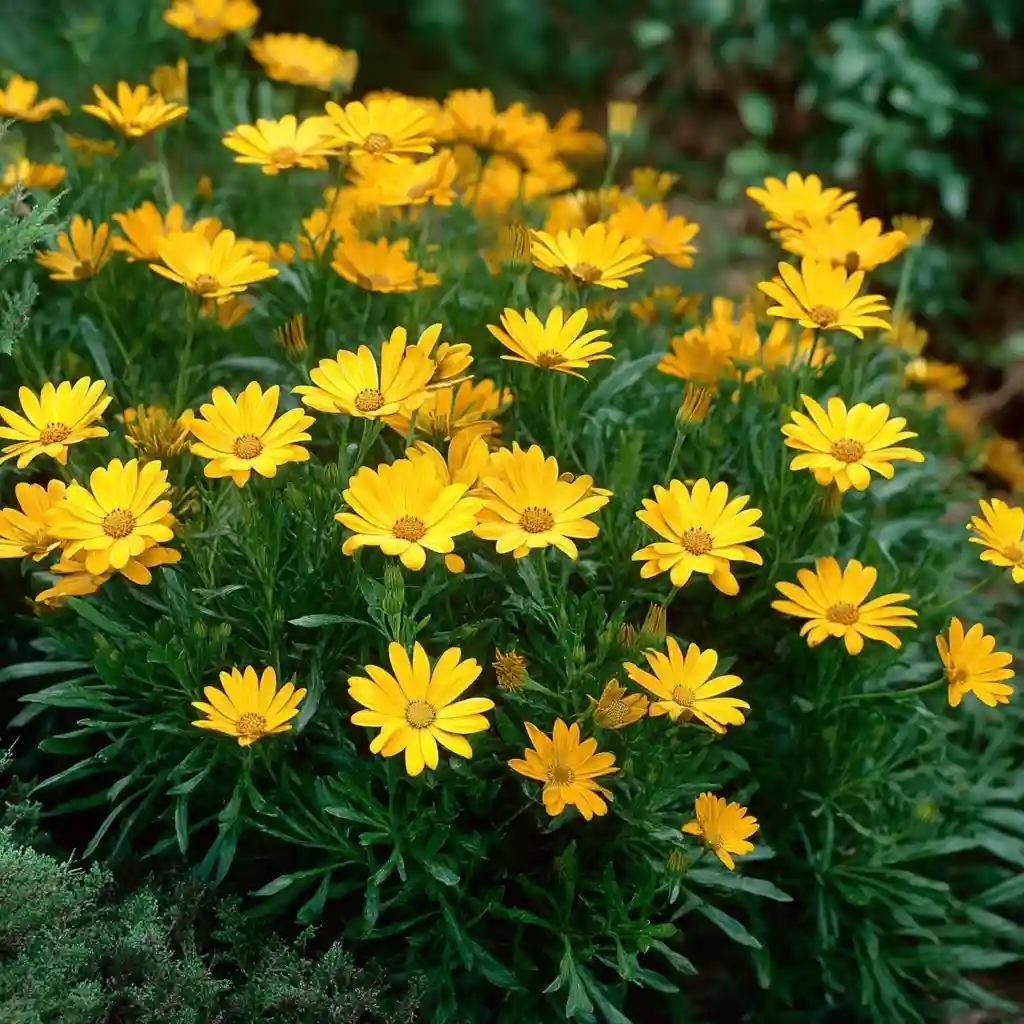
The Euryops Daisy features bright yellow flowers atop bushy evergreen foliage. Blooming almost year-round in mild climates, it’s perfect for borders, containers, or as a cheerful hedge.
19. Curly Leaf Daisy
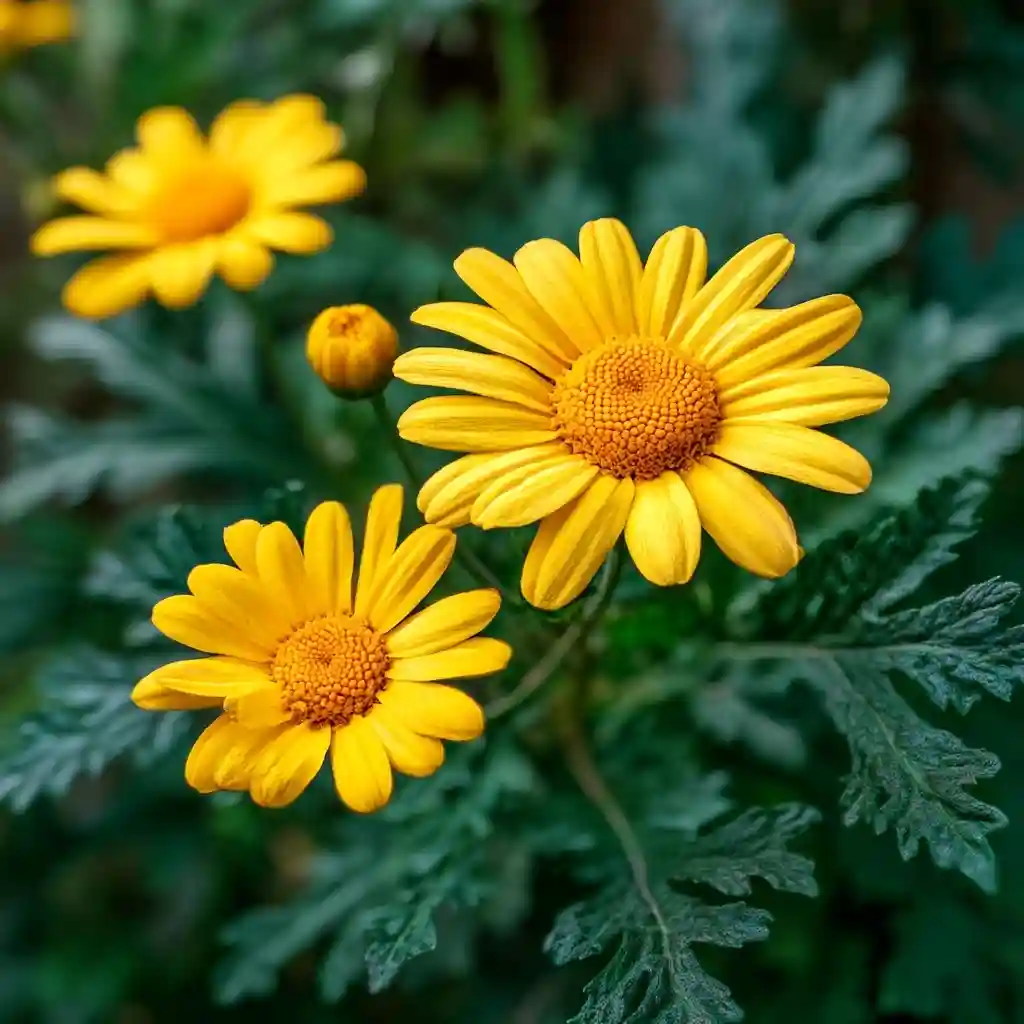
This unique variety has finely cut, curly foliage that adds texture to the garden. Its bright yellow blooms appear for long periods, making it both ornamental and practical for low-maintenance beds.
20. Dahlberg Daisy
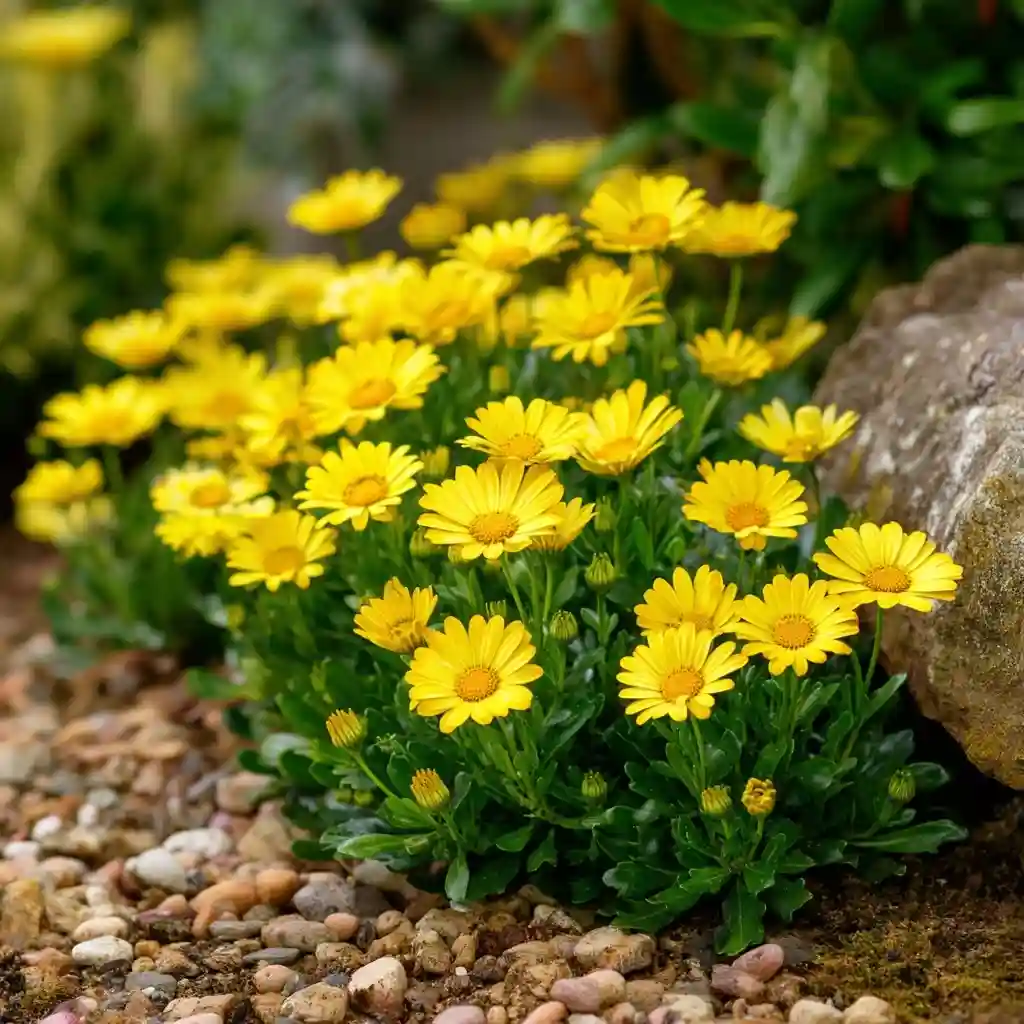
Small and compact, Dahlberg Daisies produce clusters of tiny yellow flowers with a pleasant fragrance. They’re ideal for edging, rock gardens, or filling gaps in sunny areas.
21. Florist’s Daisy
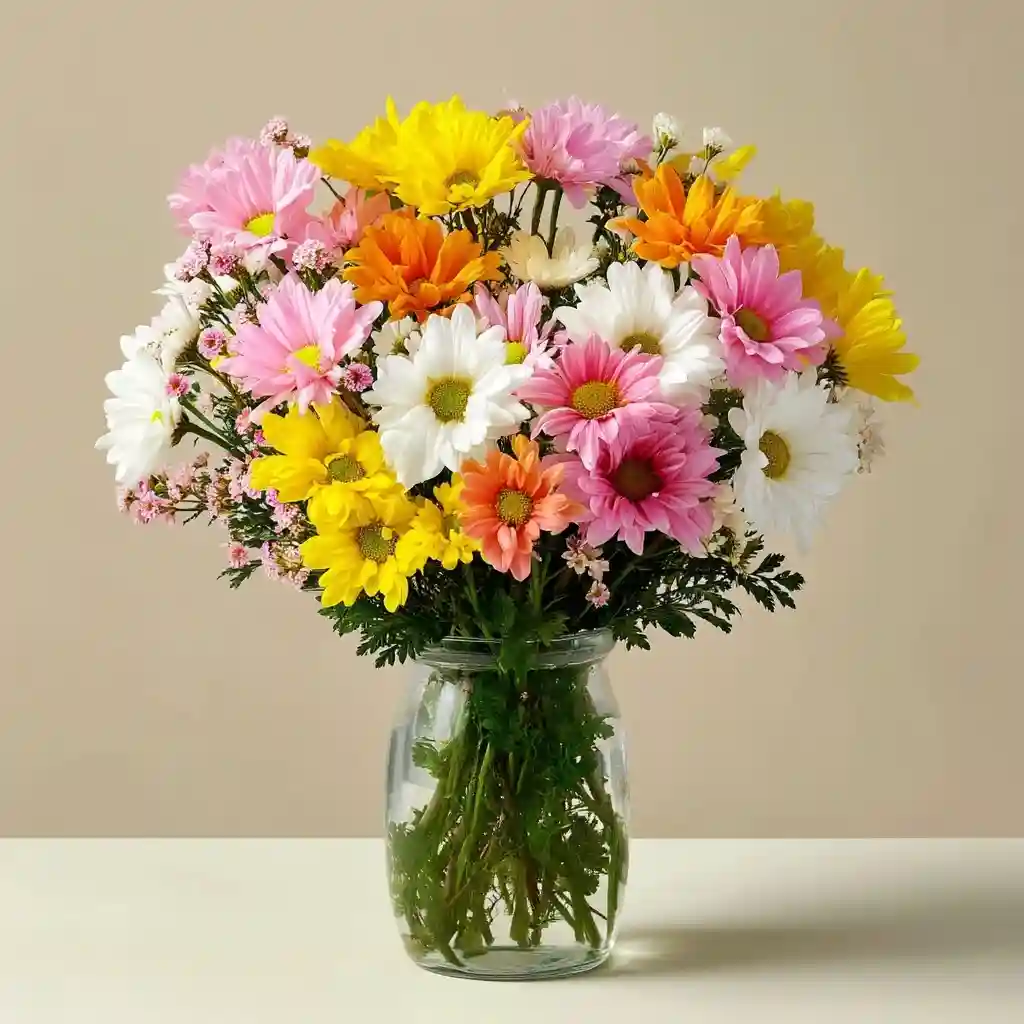
Commonly used in floral arrangements, Florist’s Daisies come in a wide range of colors and bloom shapes. They’re versatile, long-lasting as cut flowers, and can be grown outdoors or in greenhouses.
22. Crown Daisy
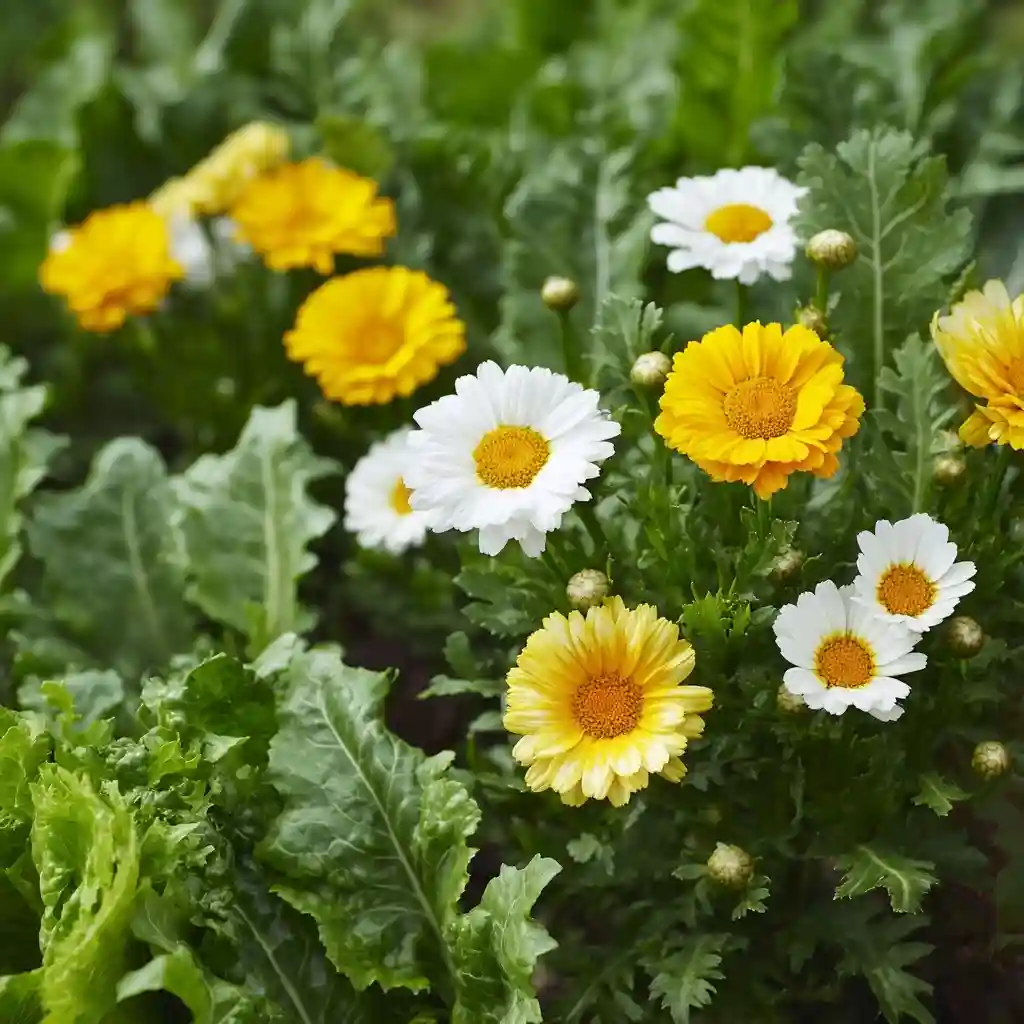
Crown Daisies feature yellow or white flowers and are often grown not just for their beauty but also for their edible greens, popular in Asian cuisine. They grow quickly in sunny gardens.
23. Damianita Daisy
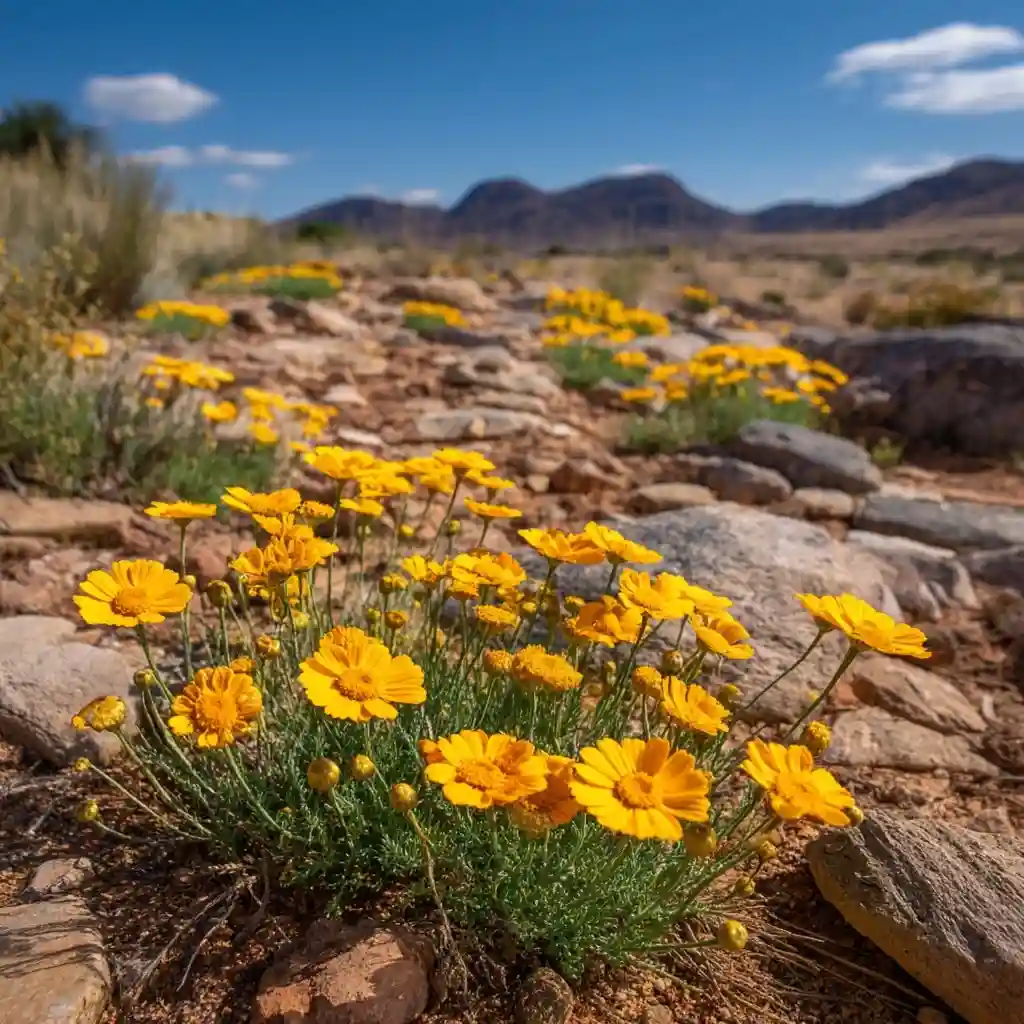
A tough native plant, the Damianita Daisy is prized for its golden-yellow blooms and aromatic foliage. Extremely drought-tolerant, it thrives in hot, rocky landscapes.
24. Livingstone Daisy
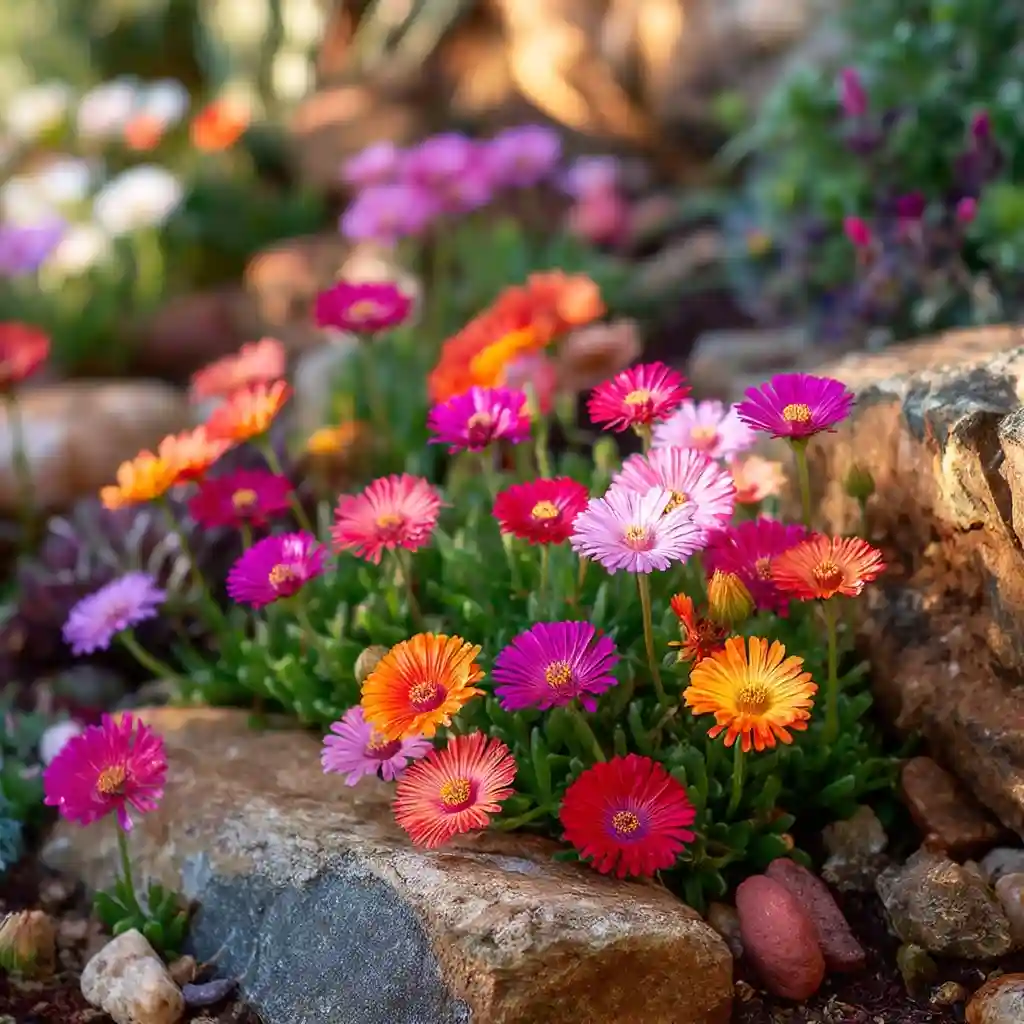
Also called Ice Plant Daisy, this variety is known for its dazzling, jewel-toned petals that open in full sun. It’s a low-growing annual perfect for rock gardens and borders.
25. Blue-eyed Daisy
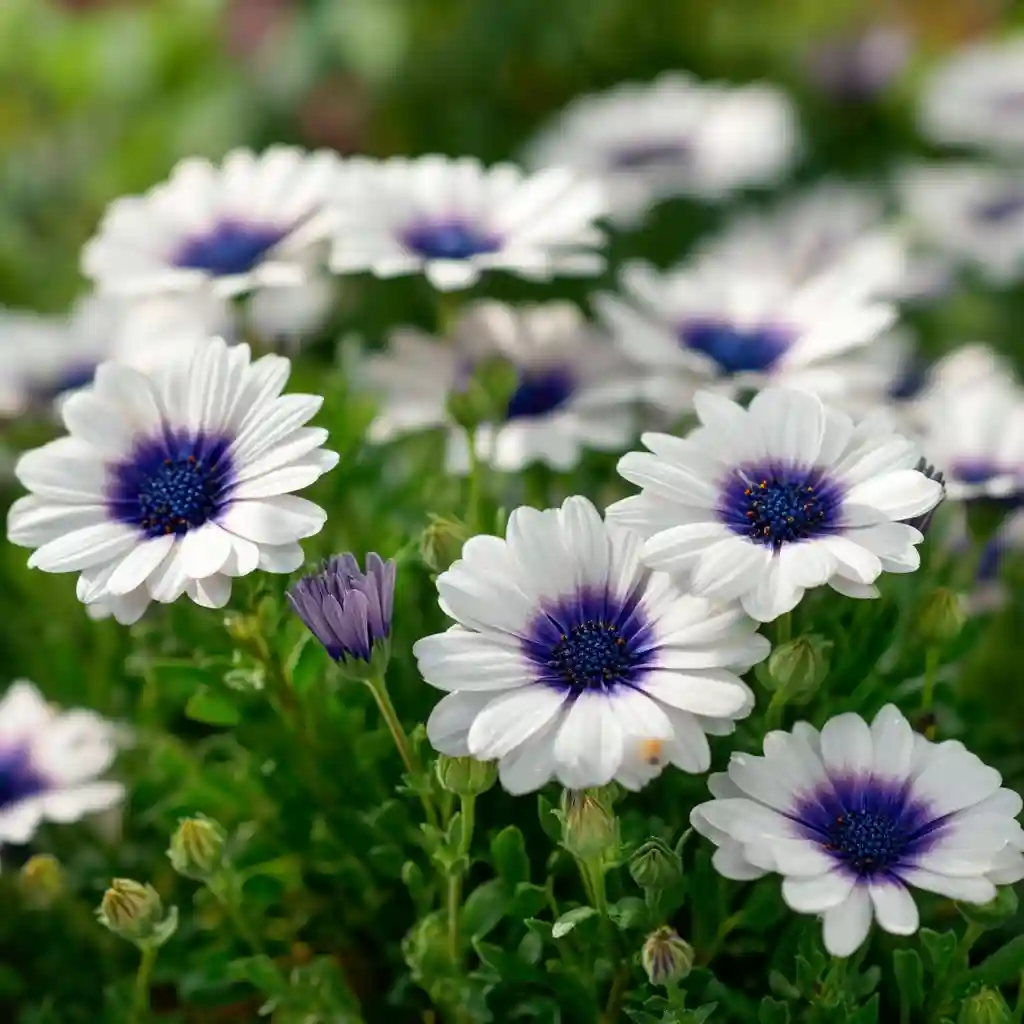
The Blue-eyed Daisy captivates with its white petals and striking blue-purple centers. Native to South Africa, it thrives in sunny locations and adds a refreshing pop of color to mixed flower beds.
26. Butter Daisy
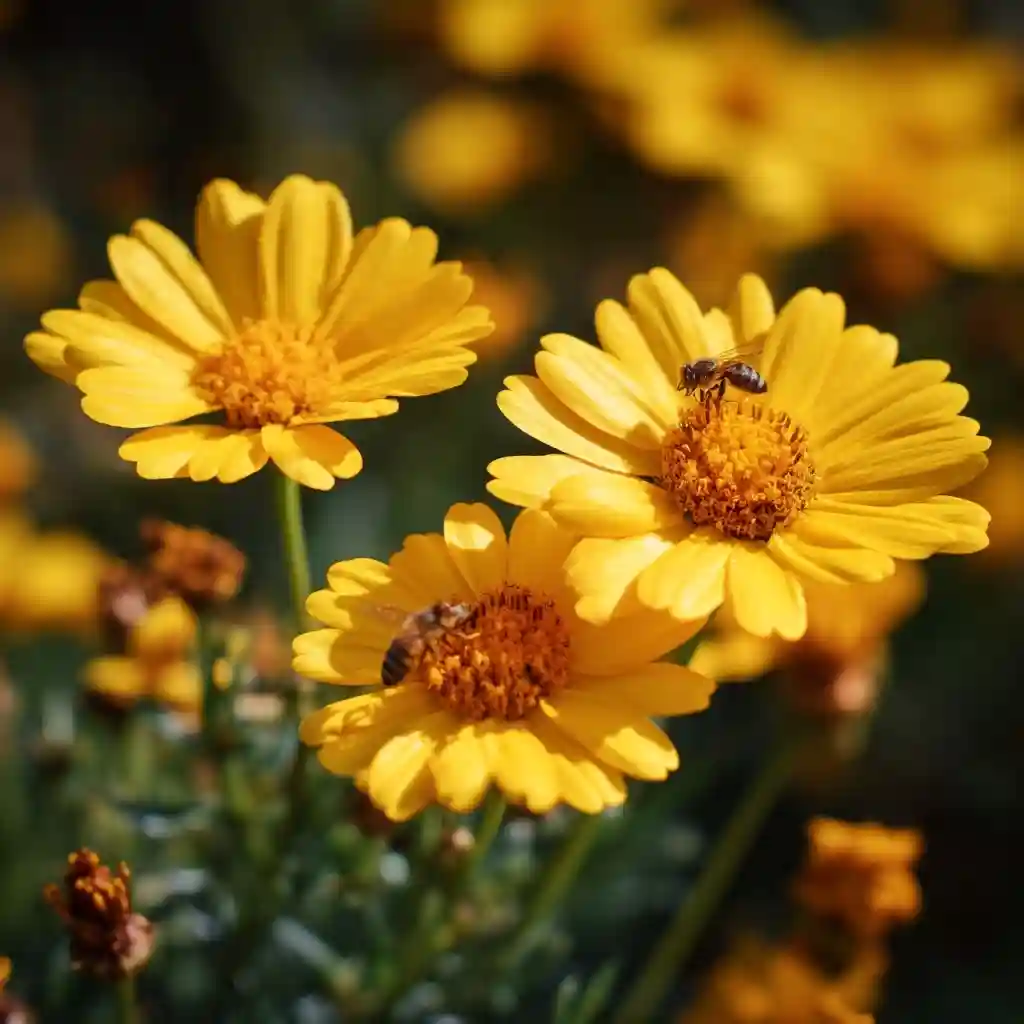
Butter Daisies, sometimes called Melampodium, are bright yellow bloomers that thrive in hot climates. They flower continuously through summer, are low-maintenance, and attract pollinators to the garden.
Tips for Growing Daisies
Growing daisies is simple when you provide the right conditions. These flowers adapt well to many climates, but a few key practices will keep them healthy and blooming for months.
- Sunlight: Most daisies need full sun, at least 6 hours daily, to produce vibrant flowers. Some varieties, like English Daisies, tolerate partial shade.
- Soil: Well-draining soil enriched with compost ensures steady growth. Avoid overly wet or clay-heavy soil to prevent root rot.
- Watering: Water consistently, especially during dry spells, but allow the topsoil to dry slightly between watering sessions.
- Mulching: A thin layer of organic mulch helps retain moisture and control weeds around the base of plants.
- Pruning & Deadheading: Remove faded flowers to encourage continuous blooms. Cut back perennials in late fall to prepare them for the next growing season.
FAQs About Growing Daisies
Are daisies perennials or annuals?
Daisies can be either, depending on the variety. Shasta and Oxeye Daisies are perennials, while Gerbera and Livingstone Daisies are often grown as annuals in cooler climates.
Do daisies need full sun?
Yes, most daisies bloom best in full sun. However, some types, such as English Daisies, can tolerate partial shade, especially in warmer regions.
How long do daisies bloom?
Bloom time varies by species, but many daisy types flower from early summer into fall. With proper care and deadheading, they can bloom for several months.
What is the easiest daisy to grow?
The Shasta Daisy is widely considered the easiest variety. It’s hardy, low-maintenance, and produces abundant blooms year after year.
Conclusion
Daisies bring timeless beauty, resilience, and versatility to any garden. With so many varieties to choose from—ranging from delicate English Daisies to vibrant Gerberas and hardy Shastas—there’s a type for every space and climate. By giving them proper sunlight, well-draining soil, and regular care, you’ll enjoy months of cheerful blooms that brighten borders, containers, and meadows. Whether you’re planting for pollinators, cut flowers, or simple charm, daisies will always reward your garden with their classic appeal.
🌿 Love gardening inspiration? Follow me on Pinterest for bold plant ideas, tips, and seasonal color!
More Posts
